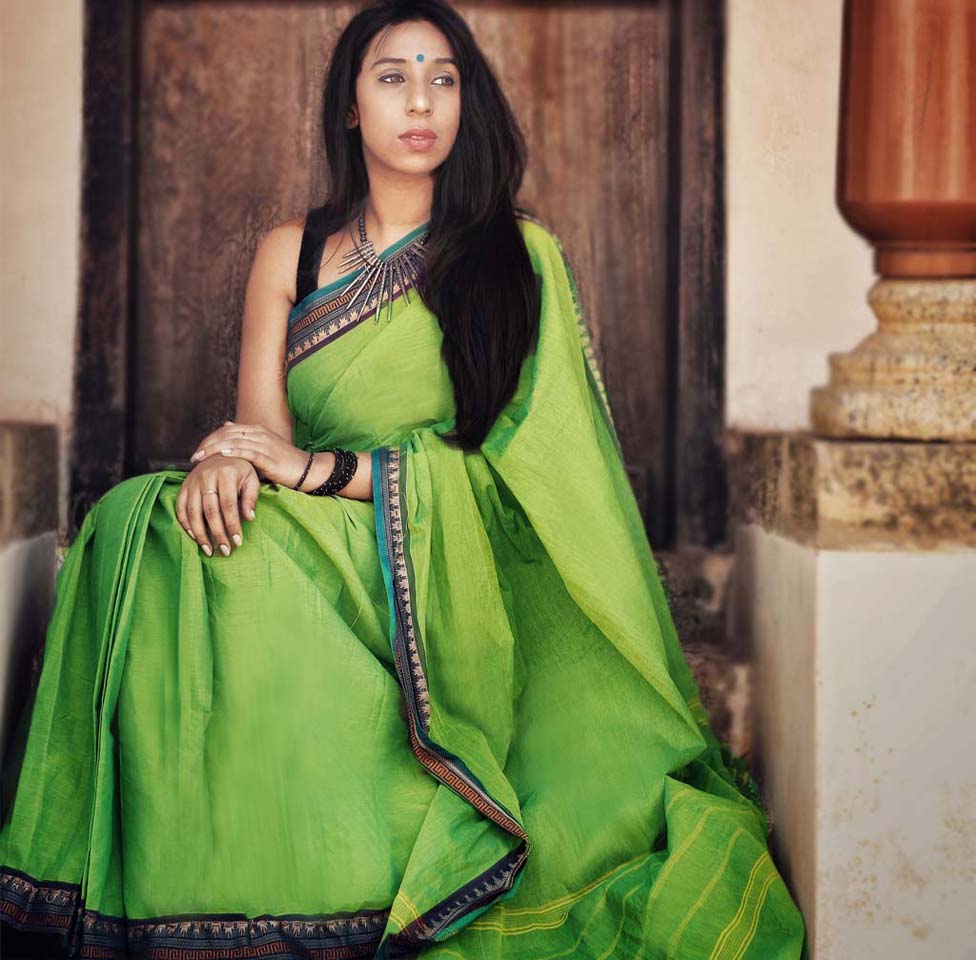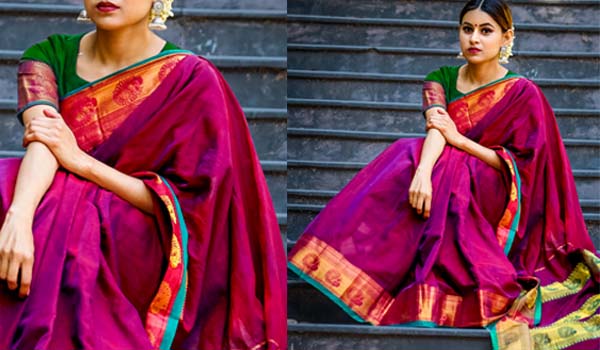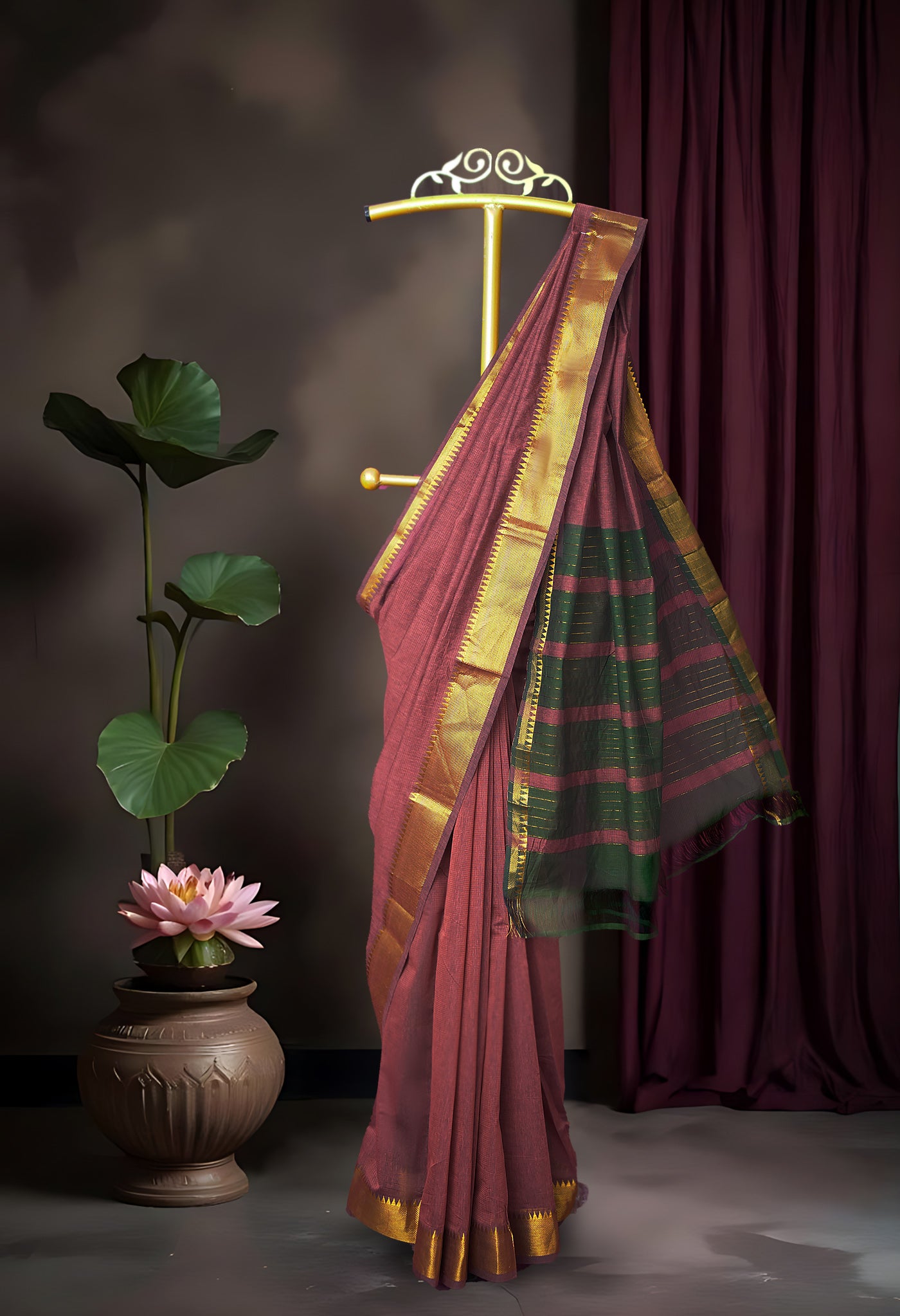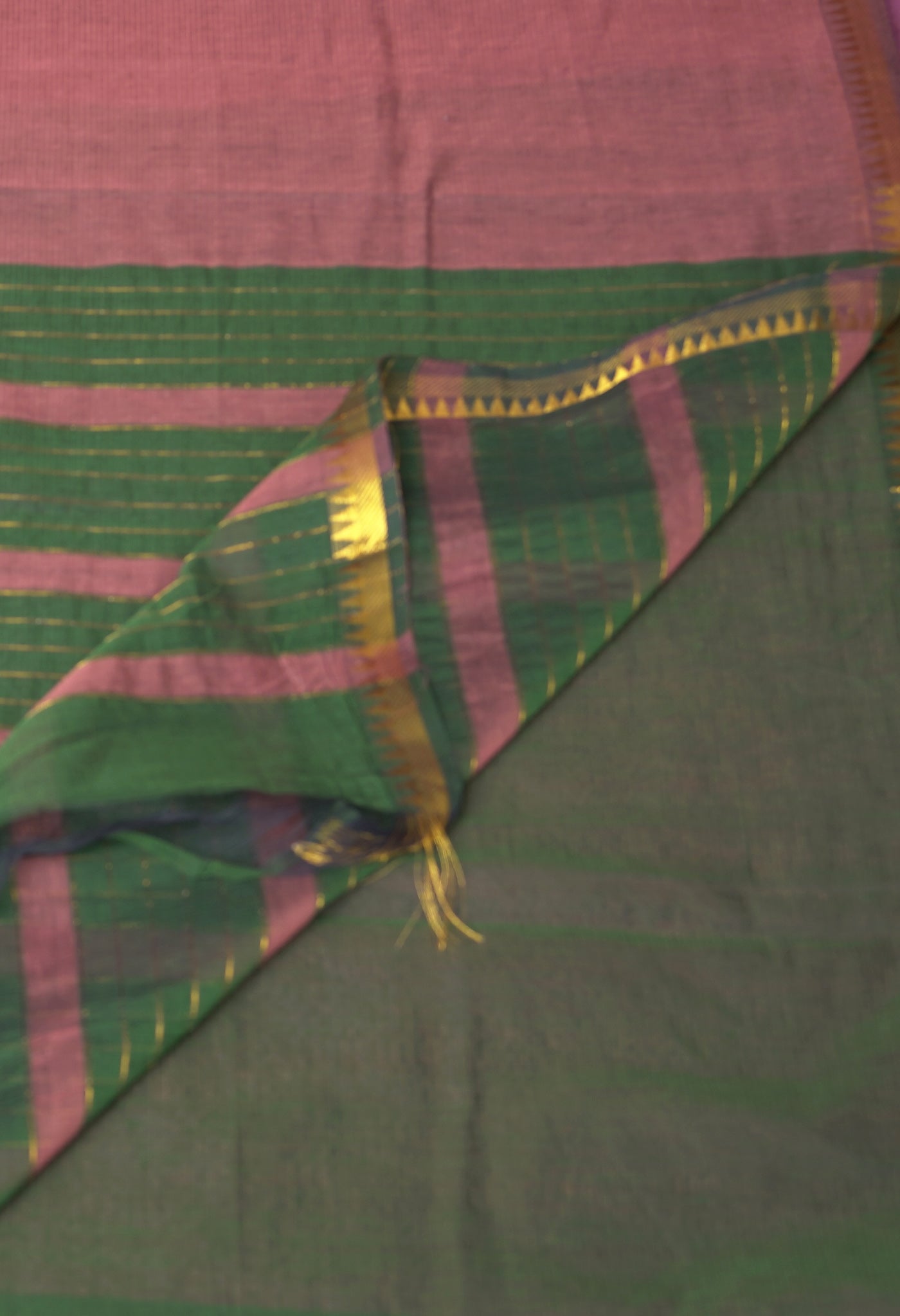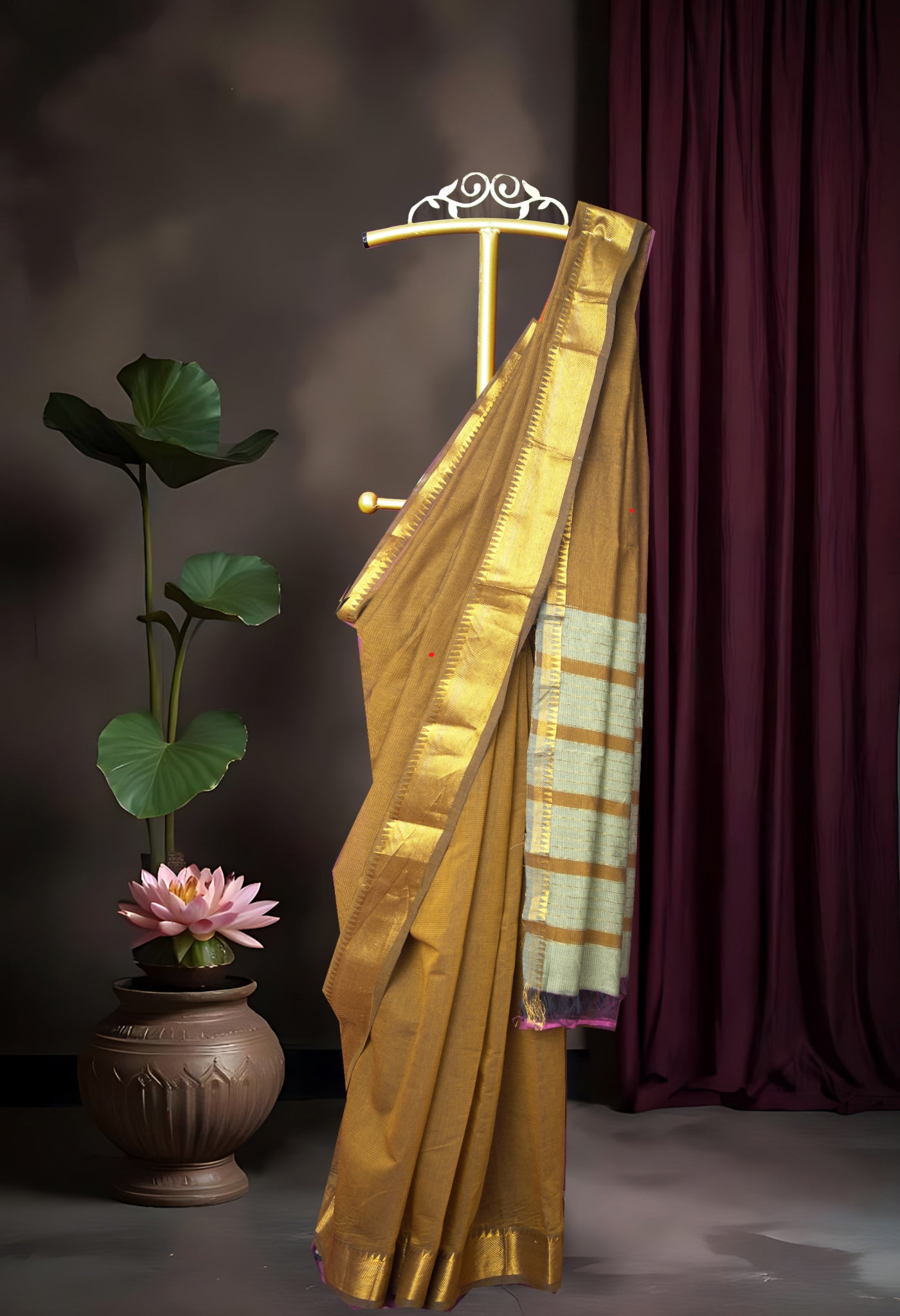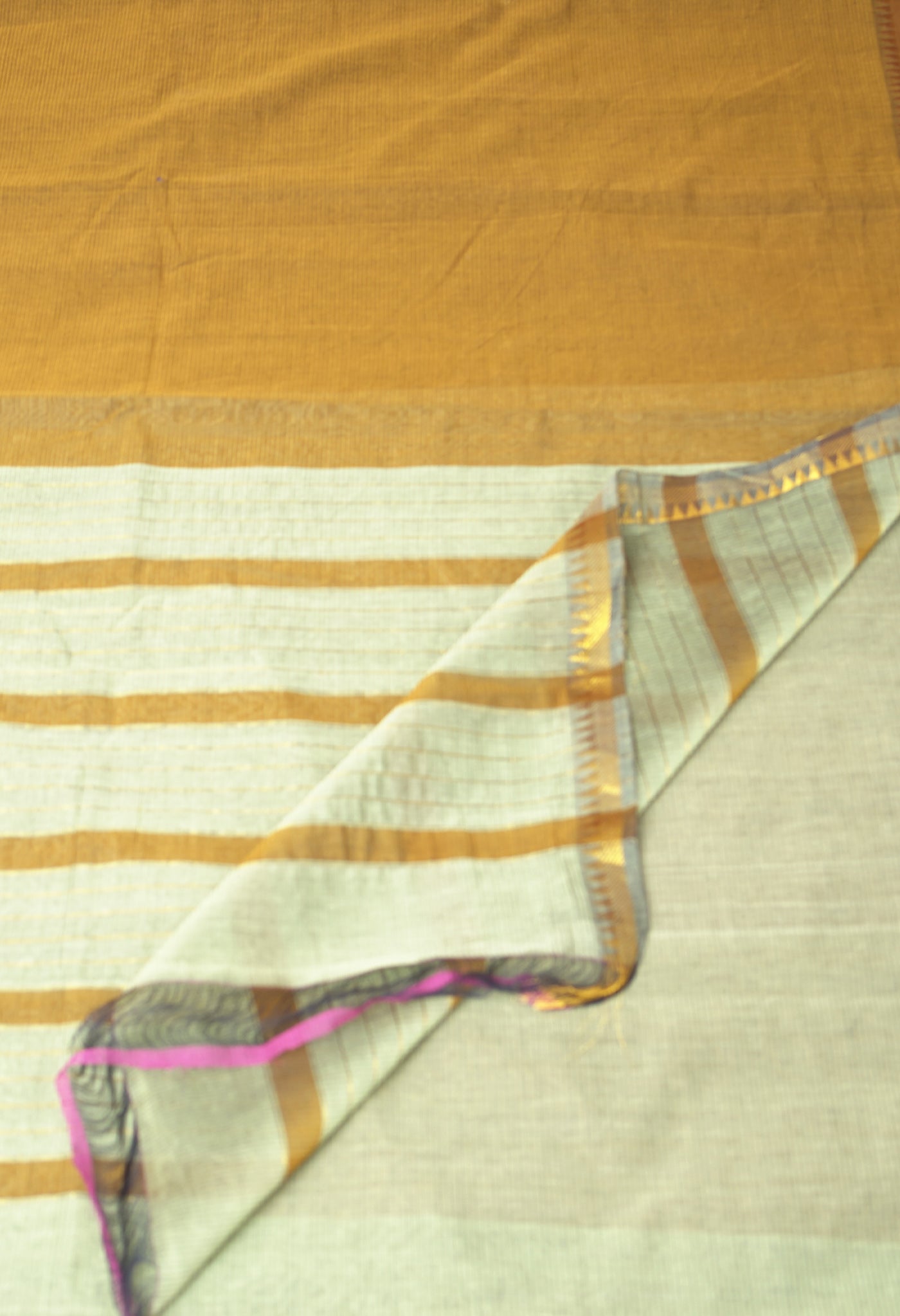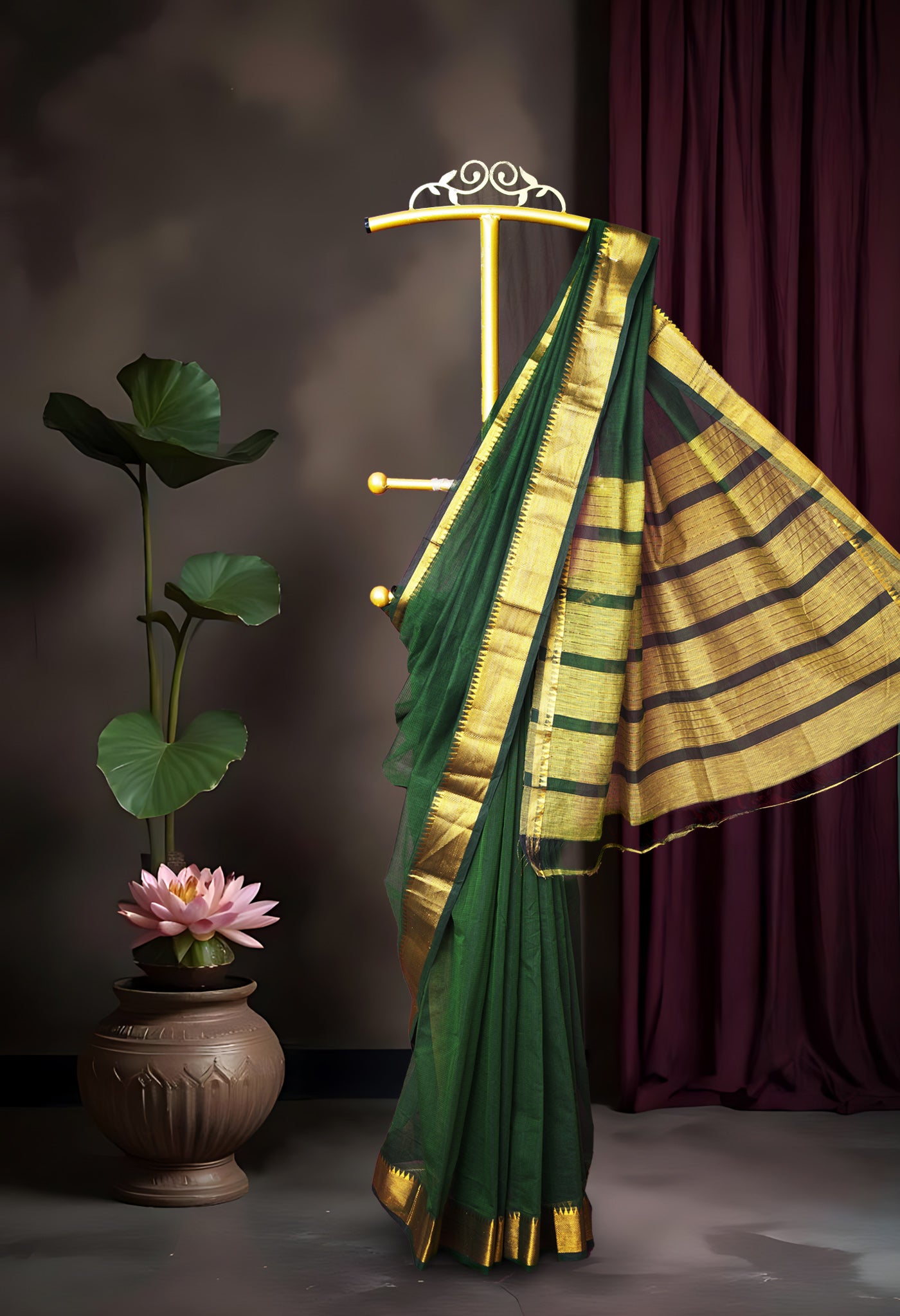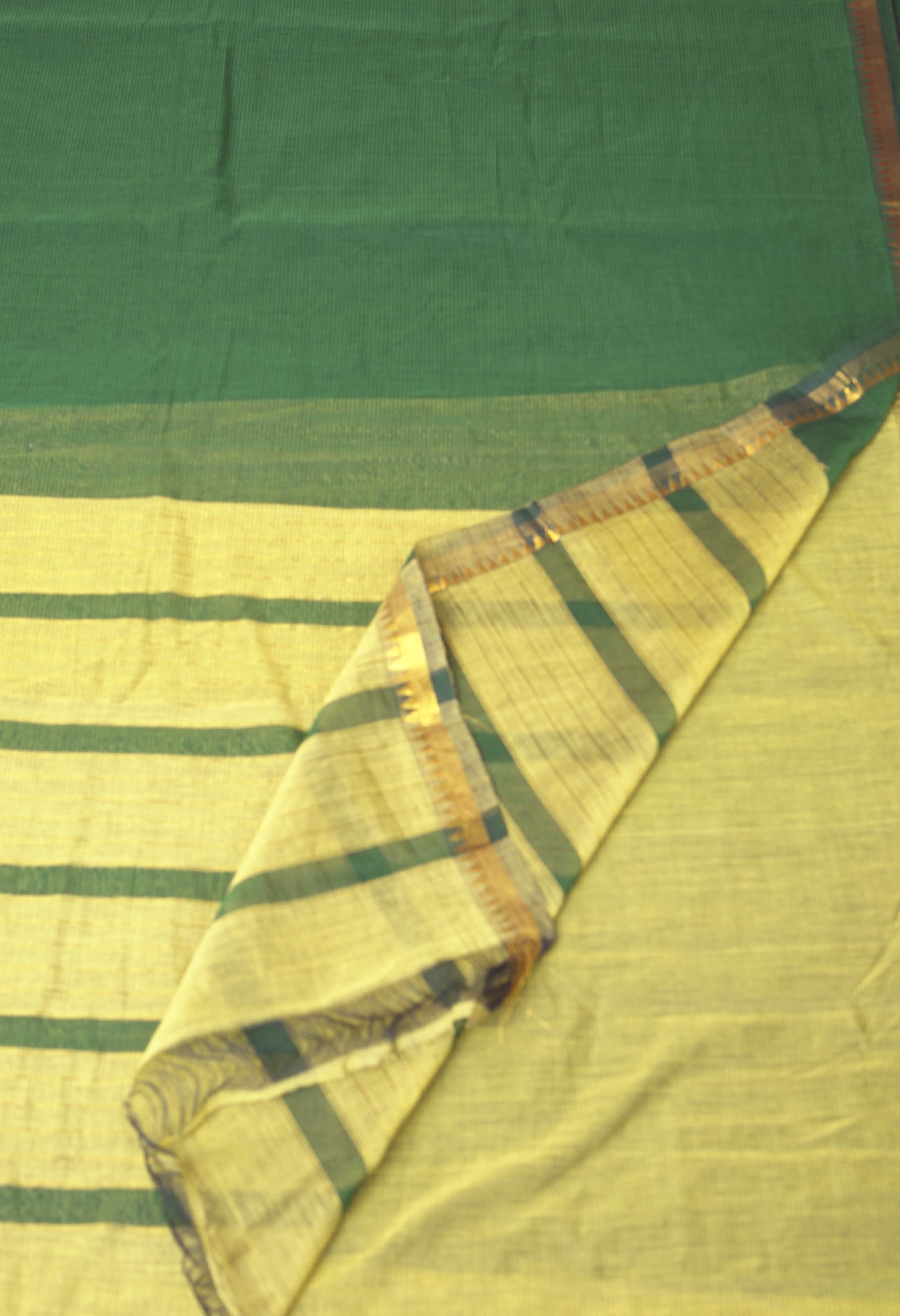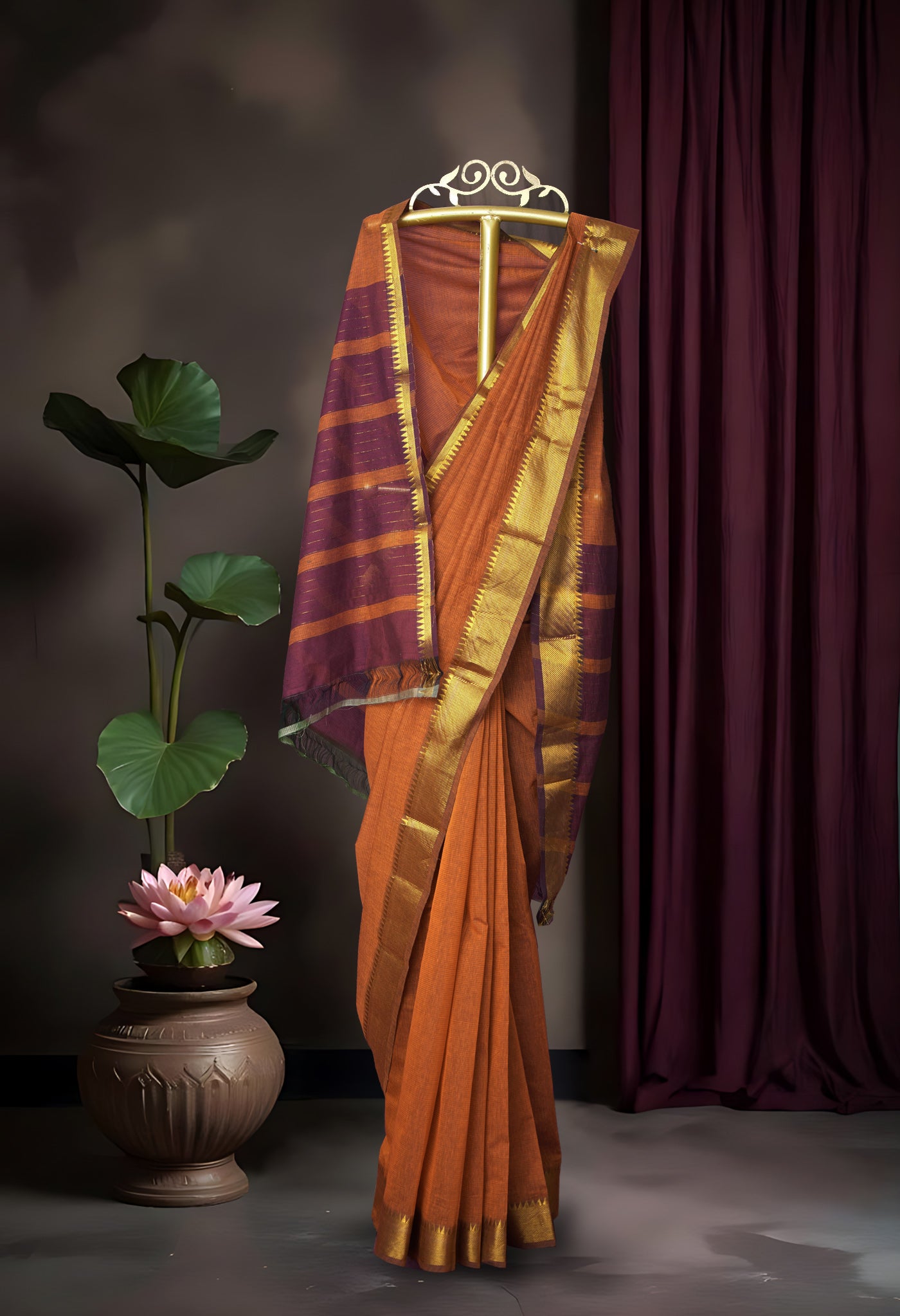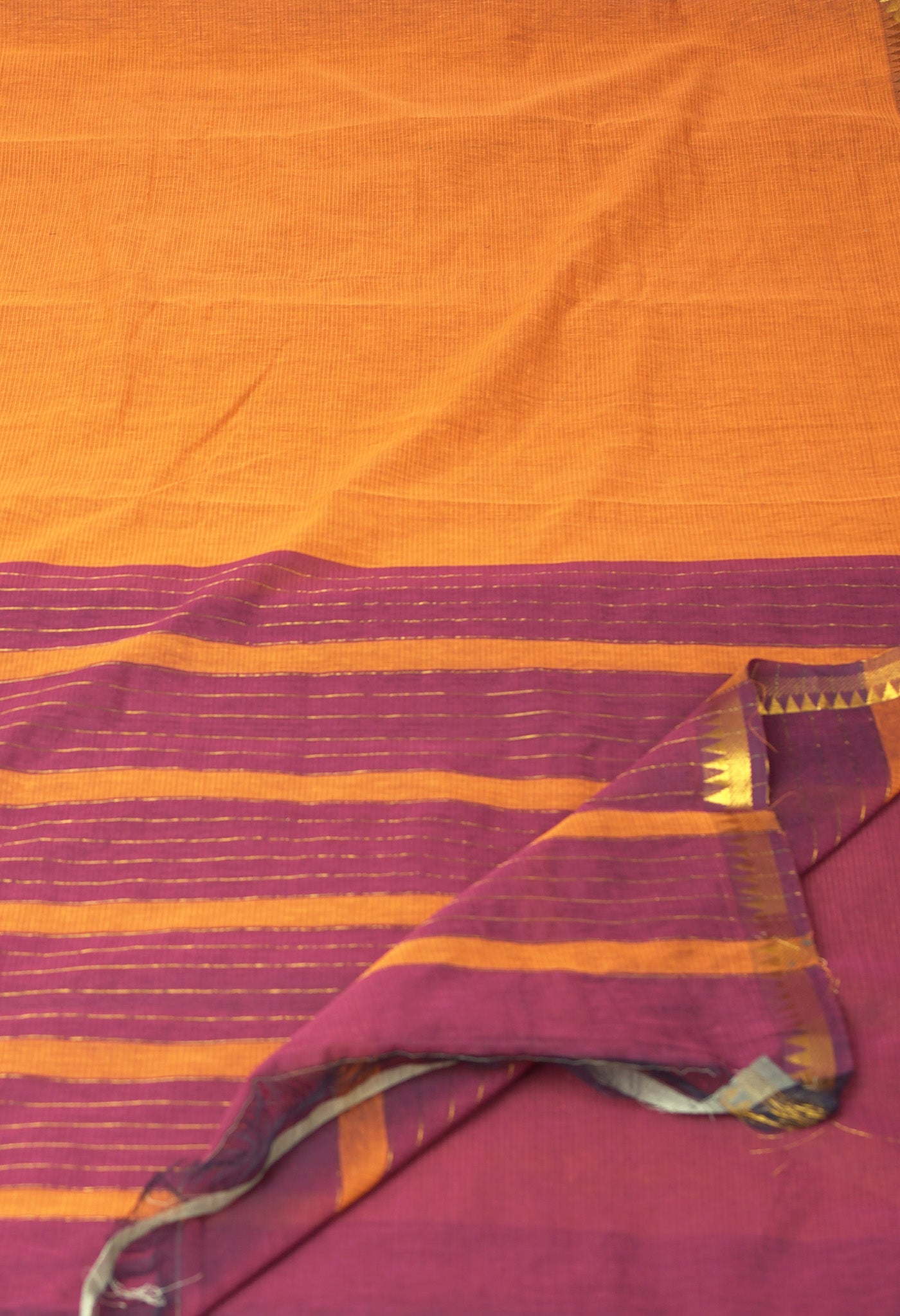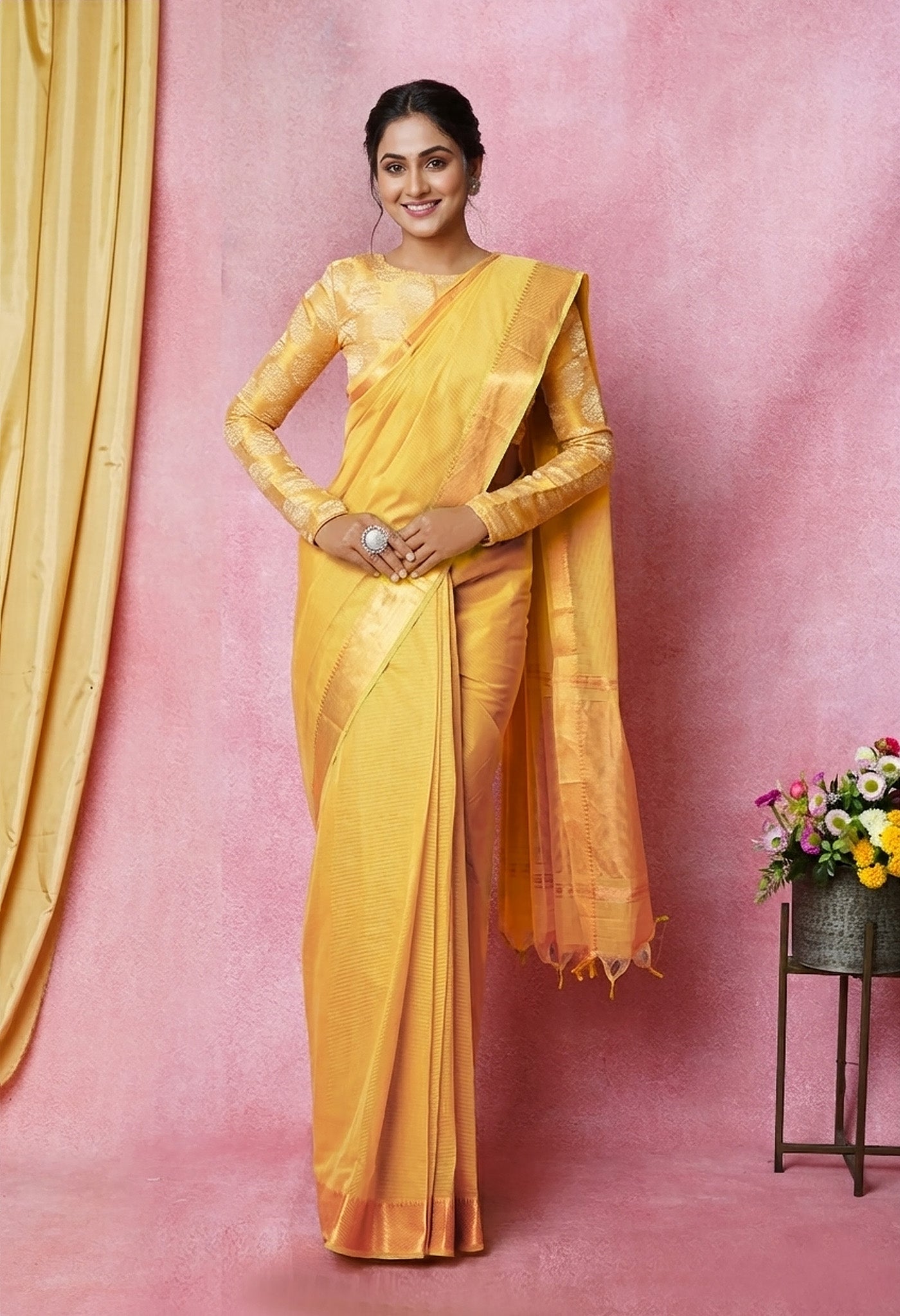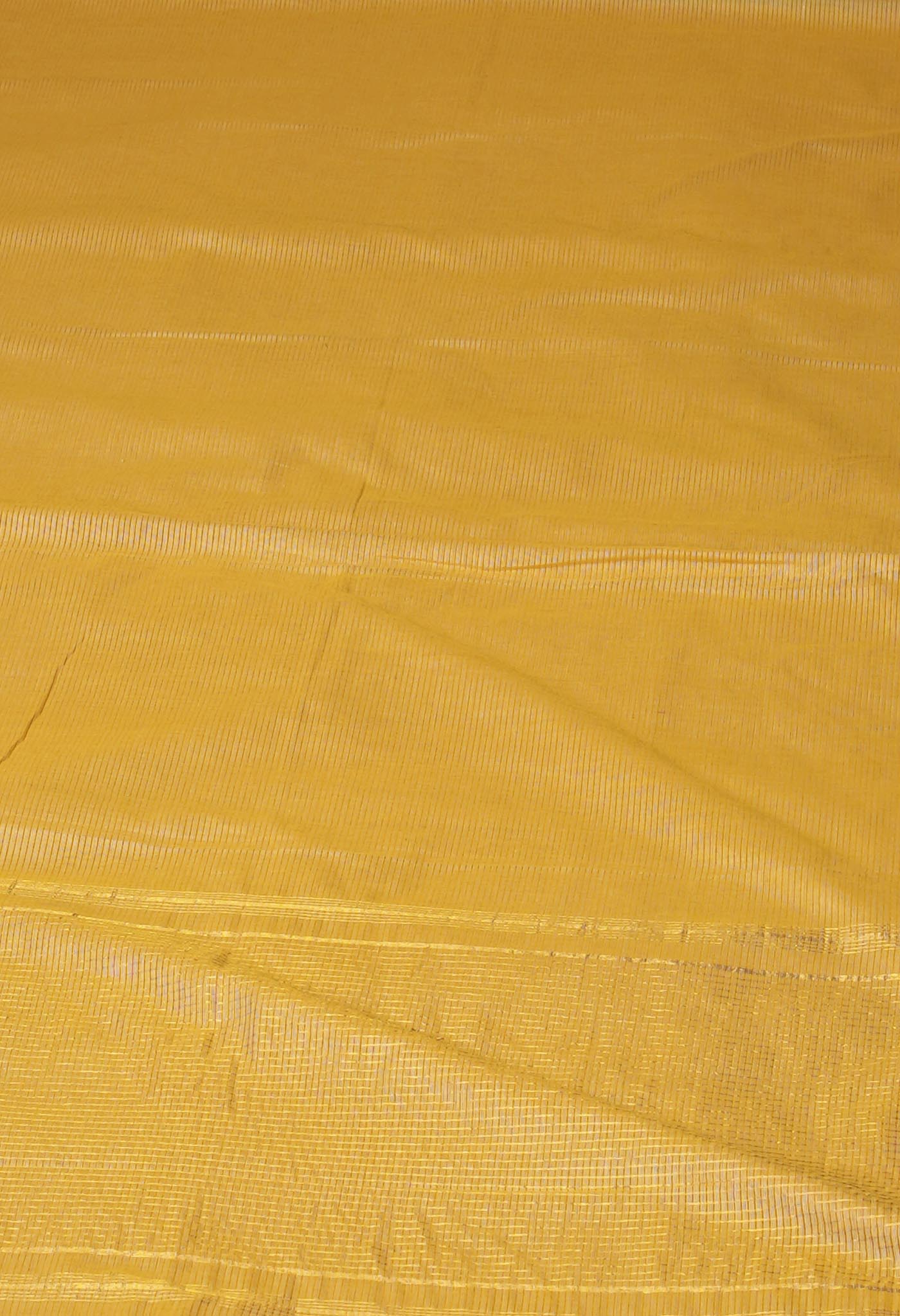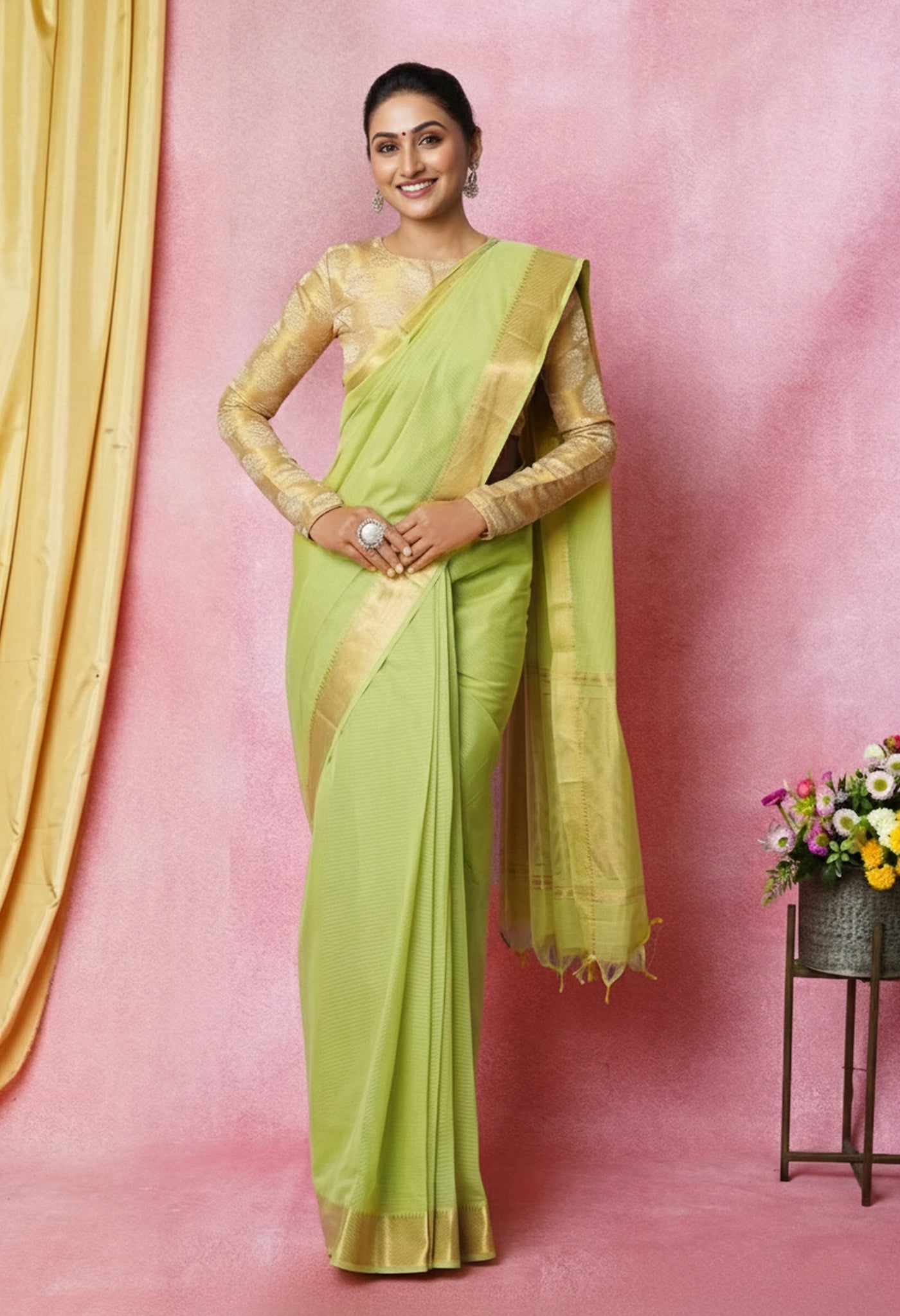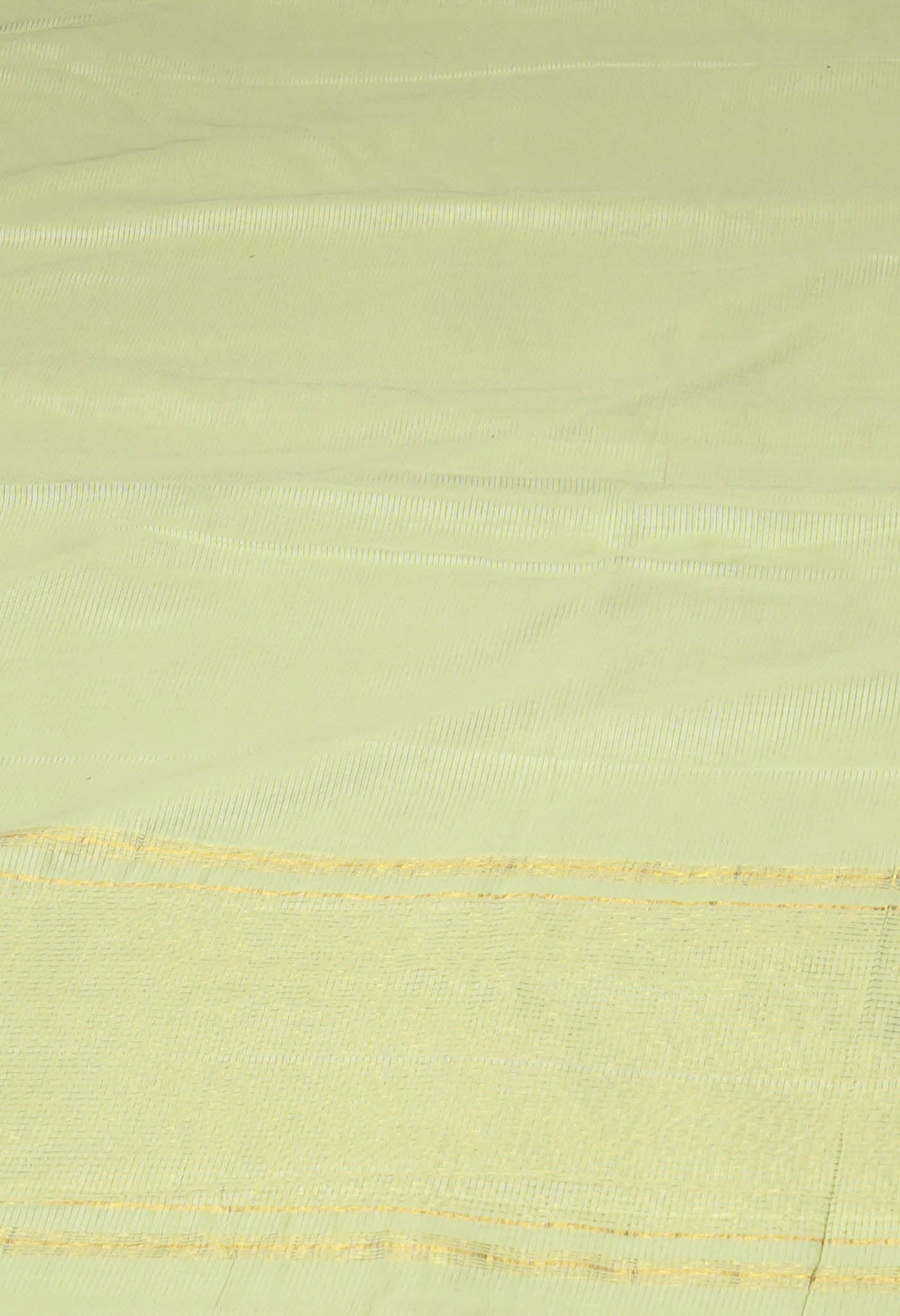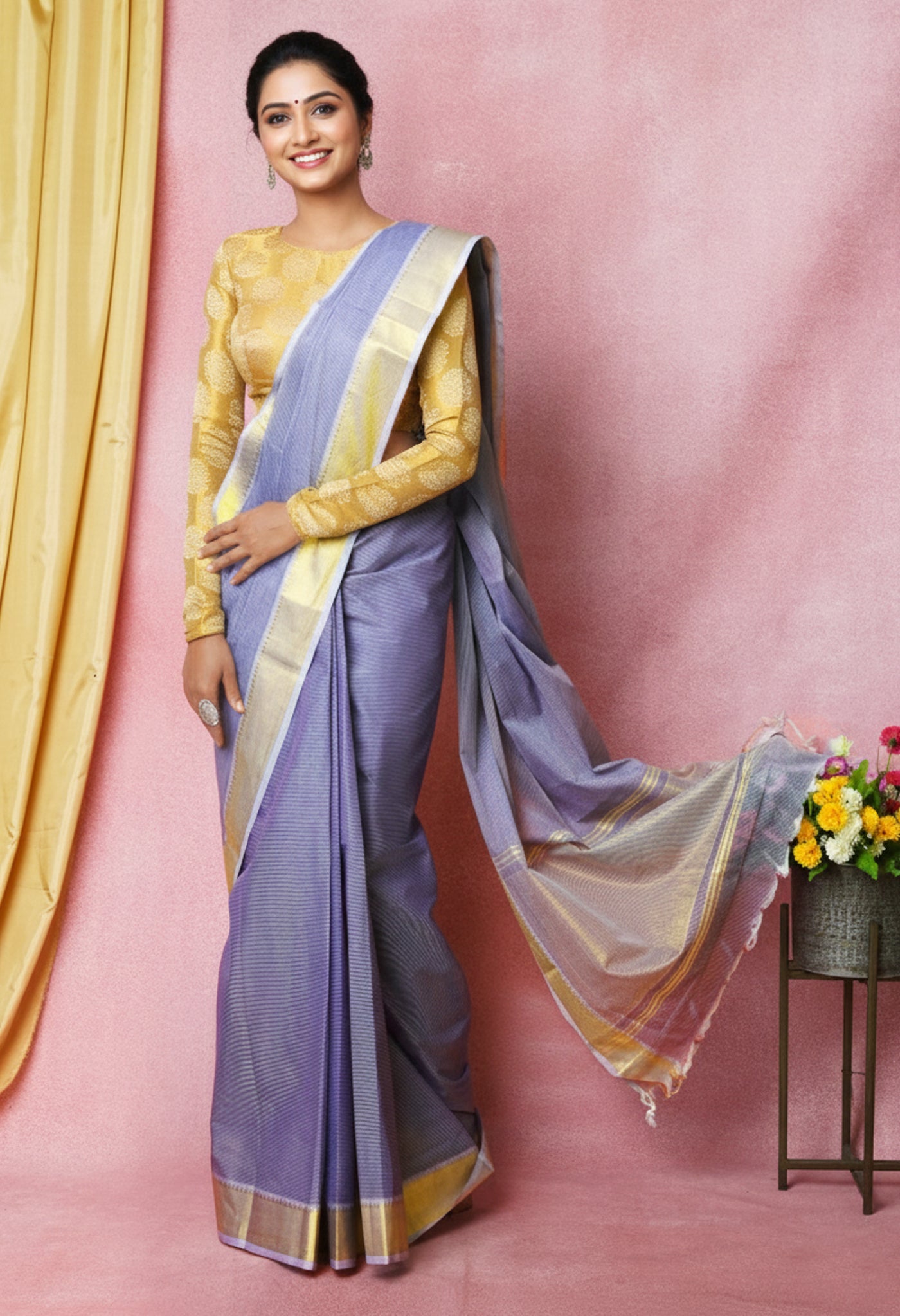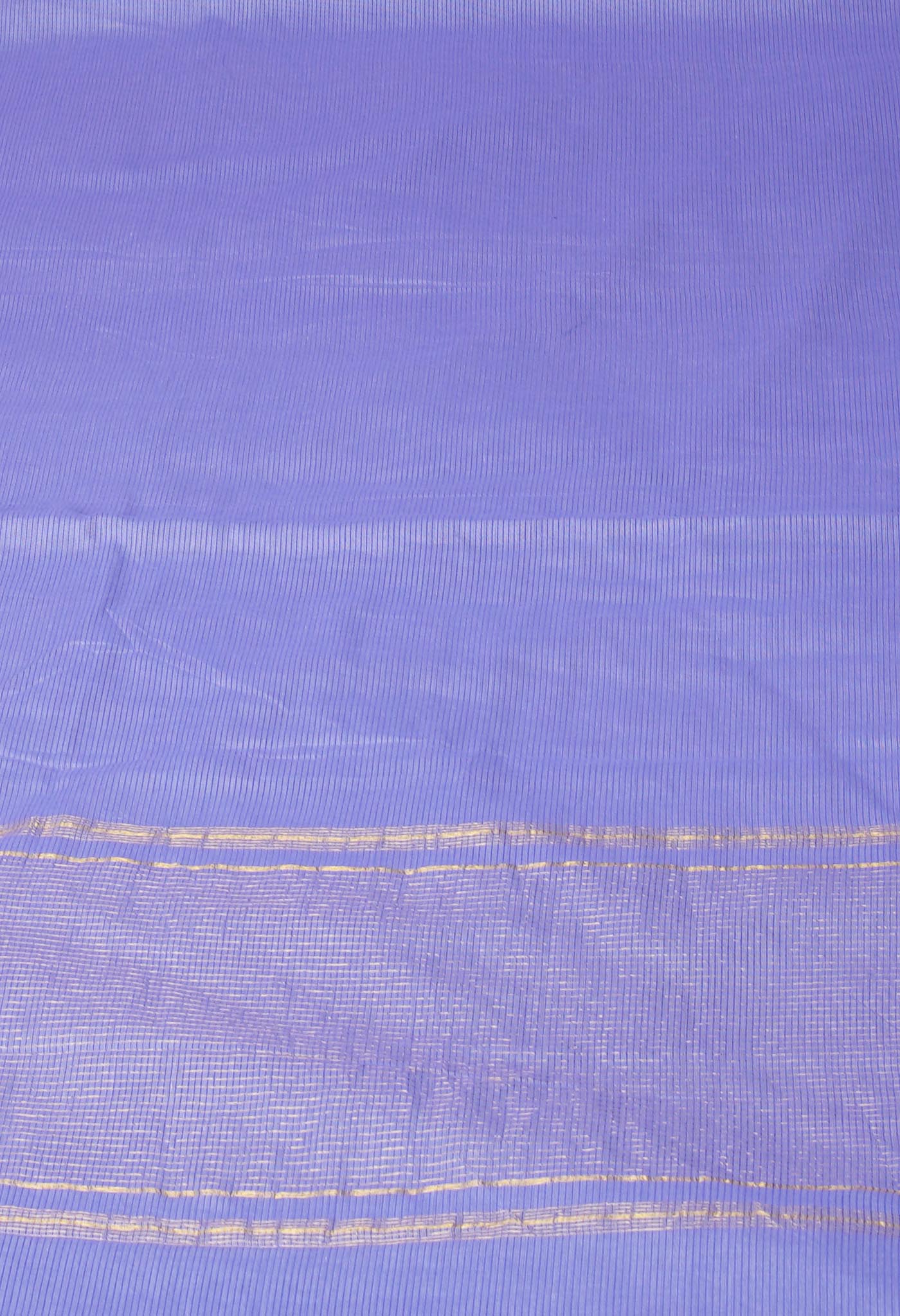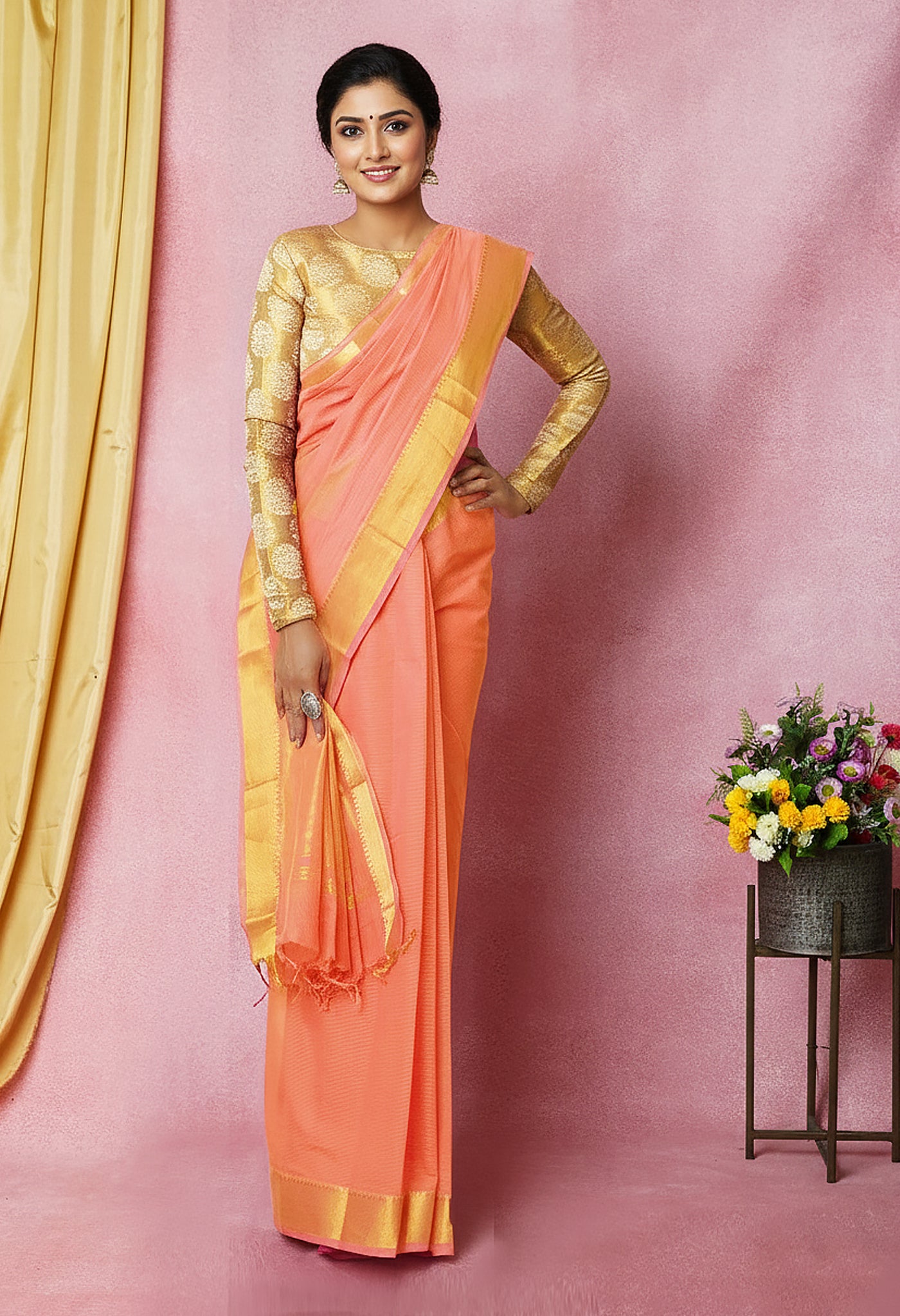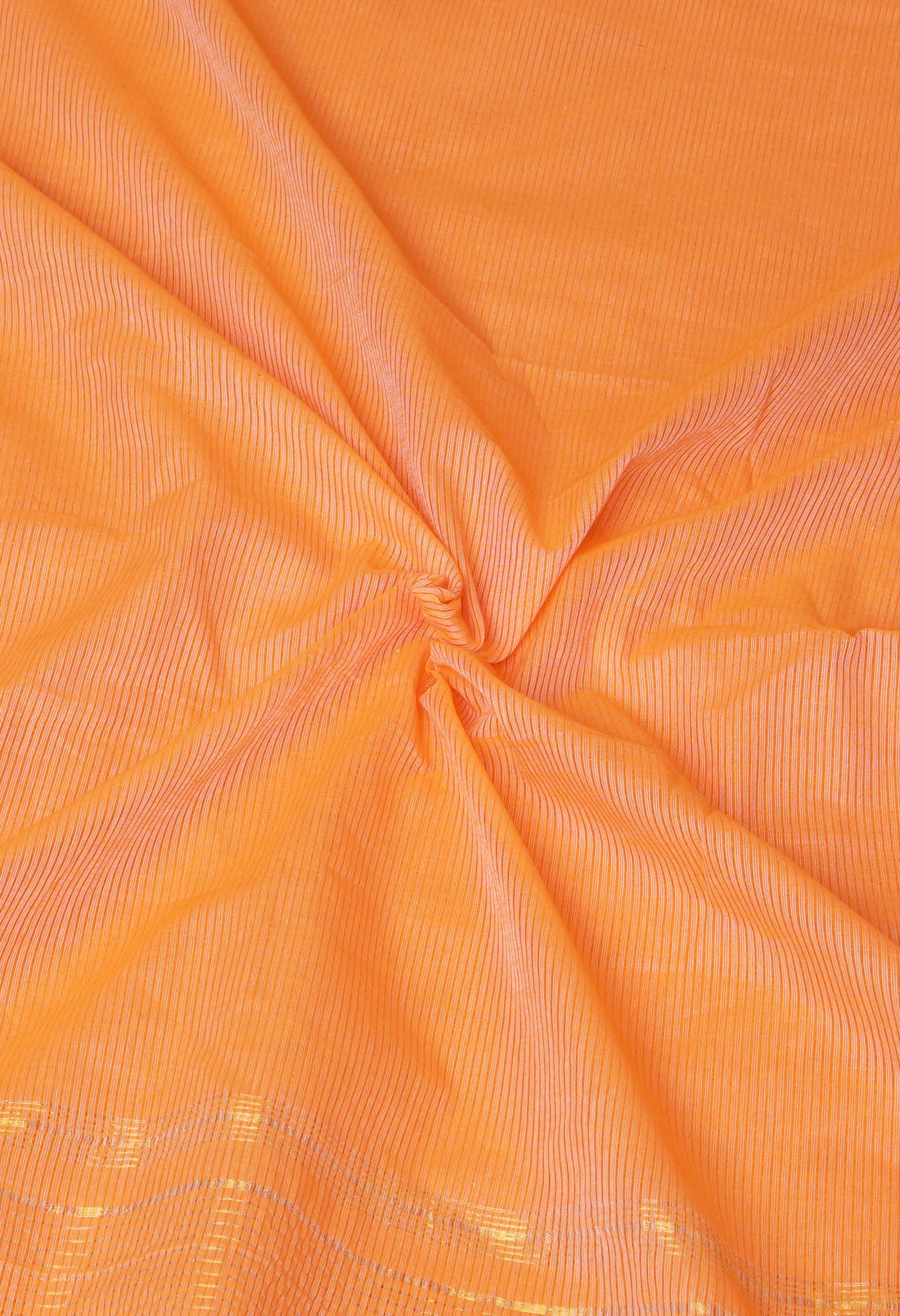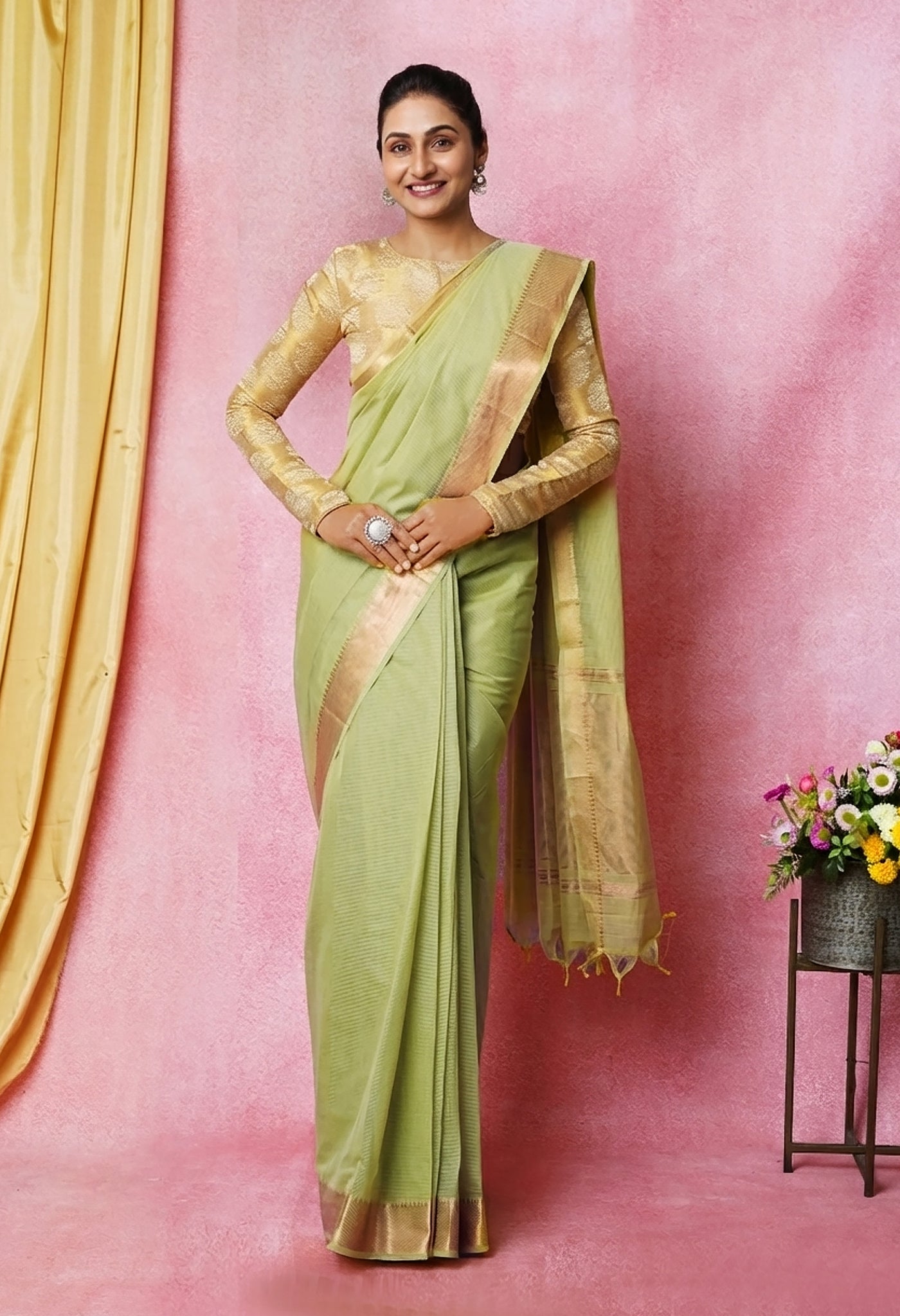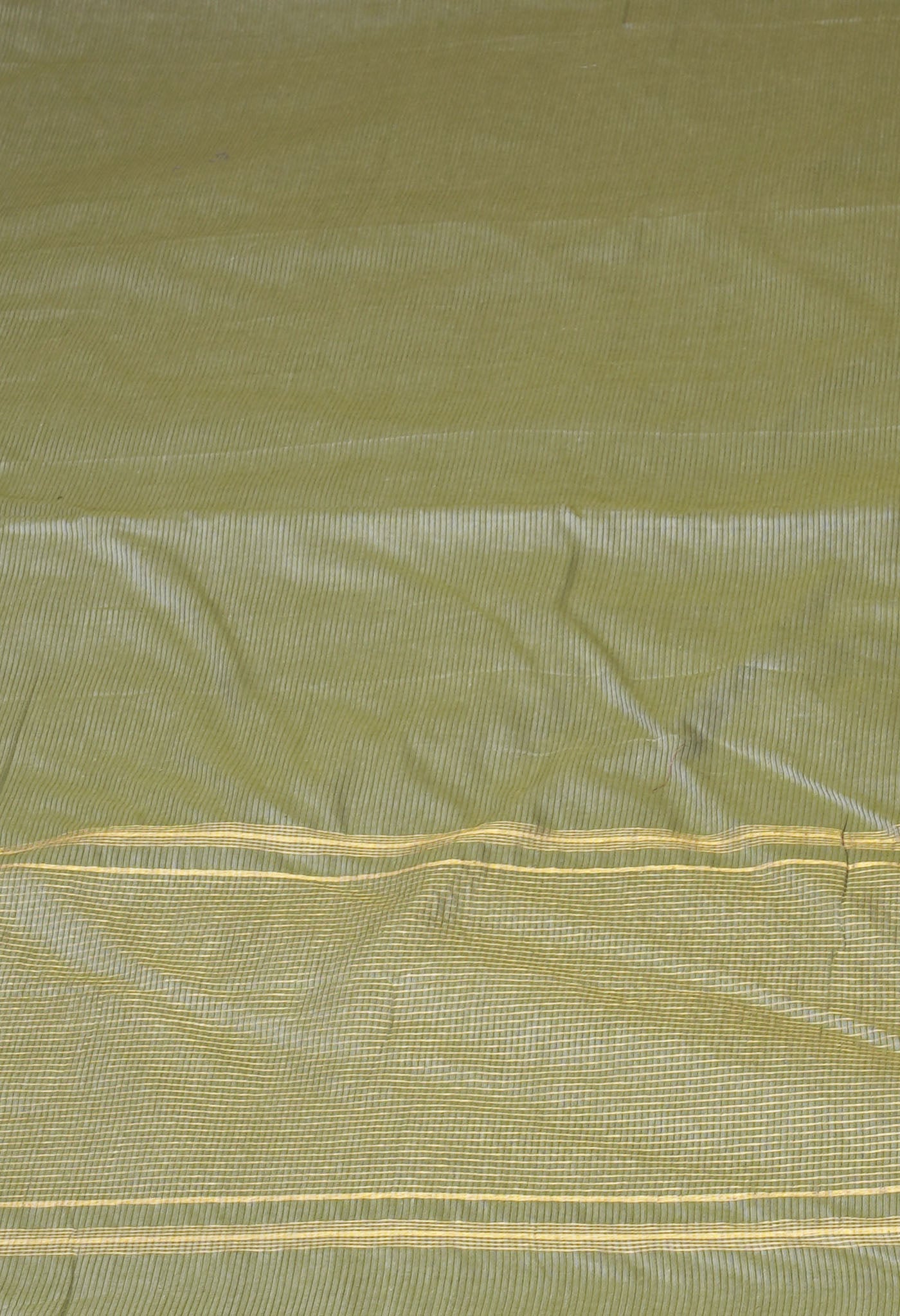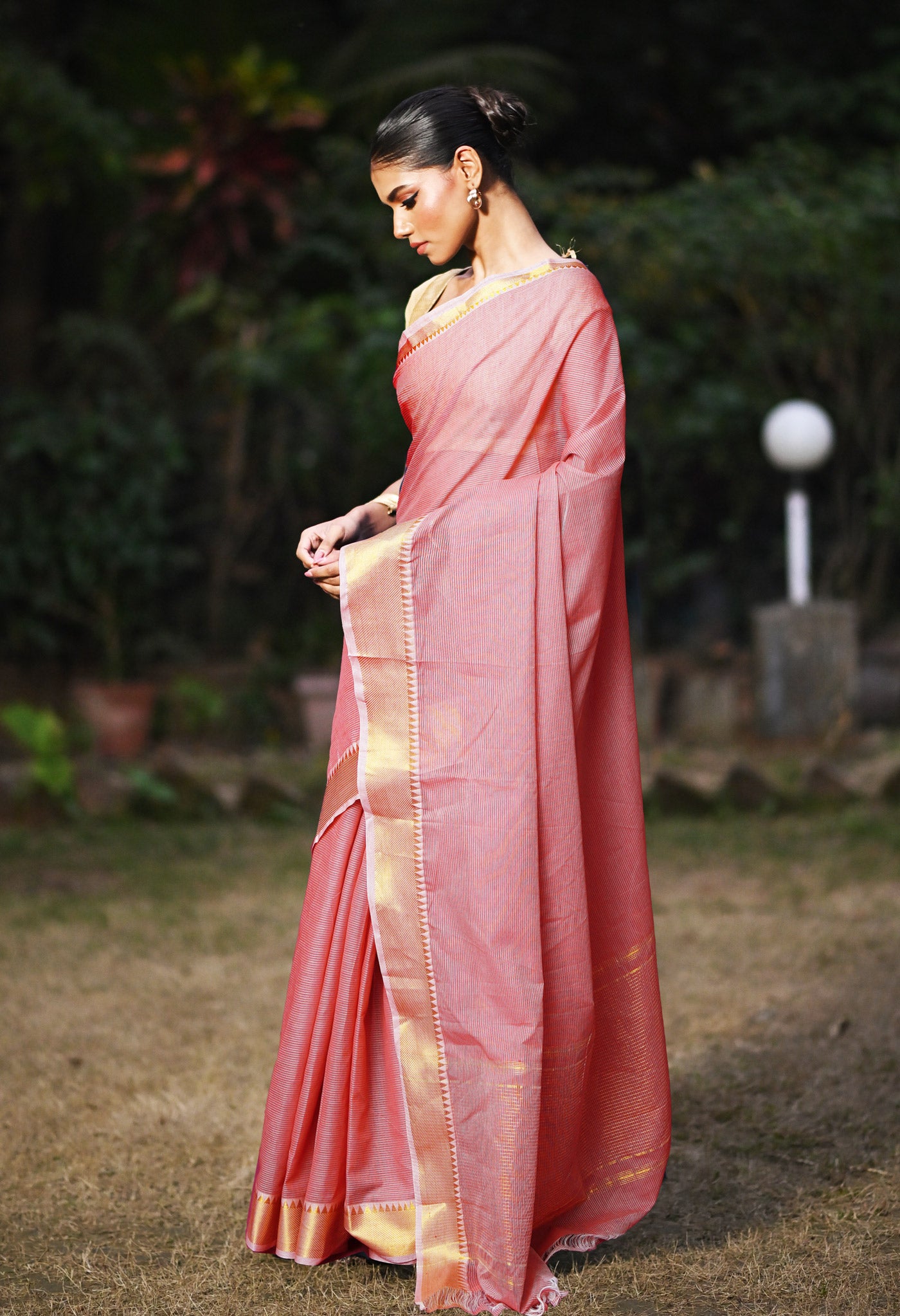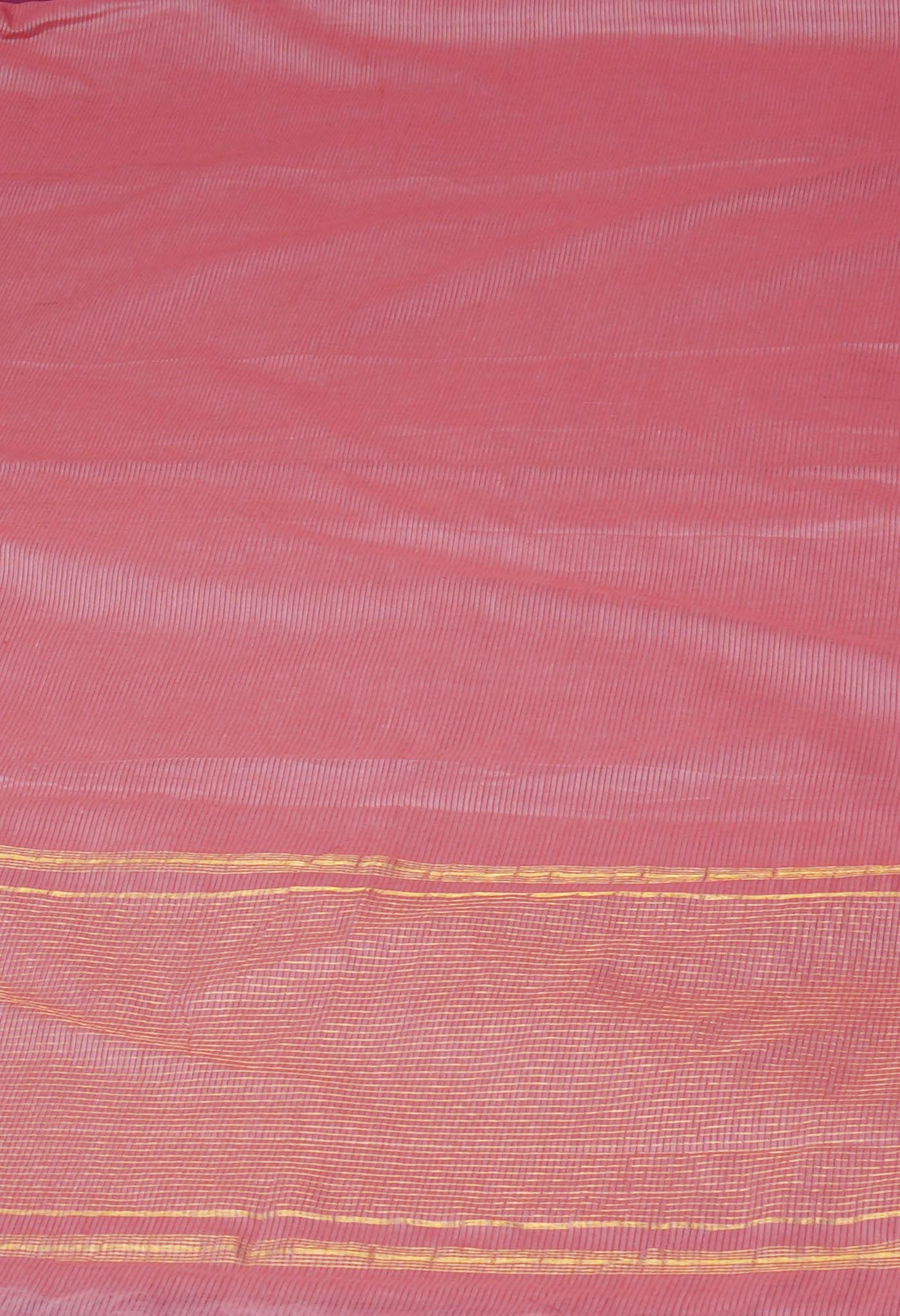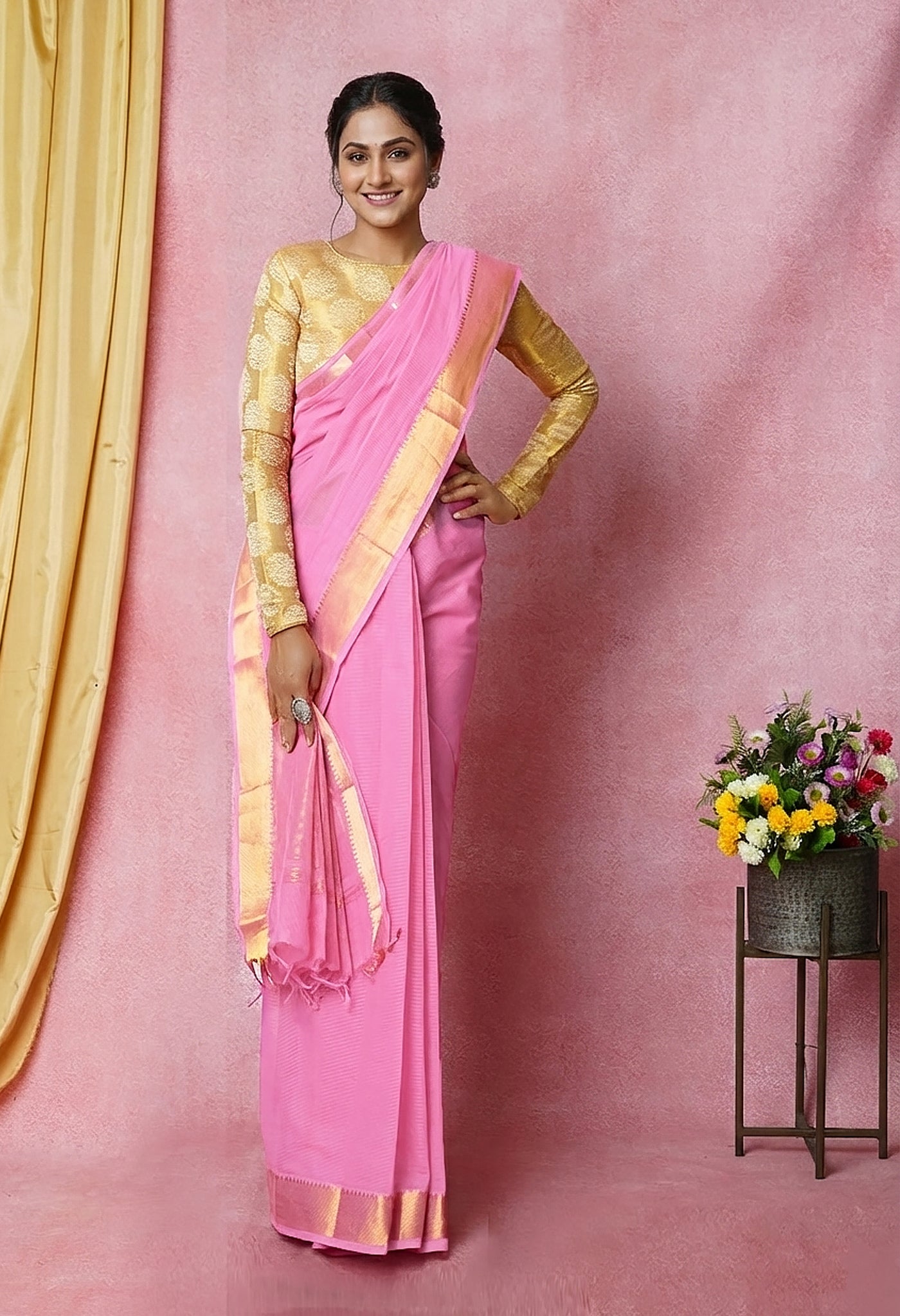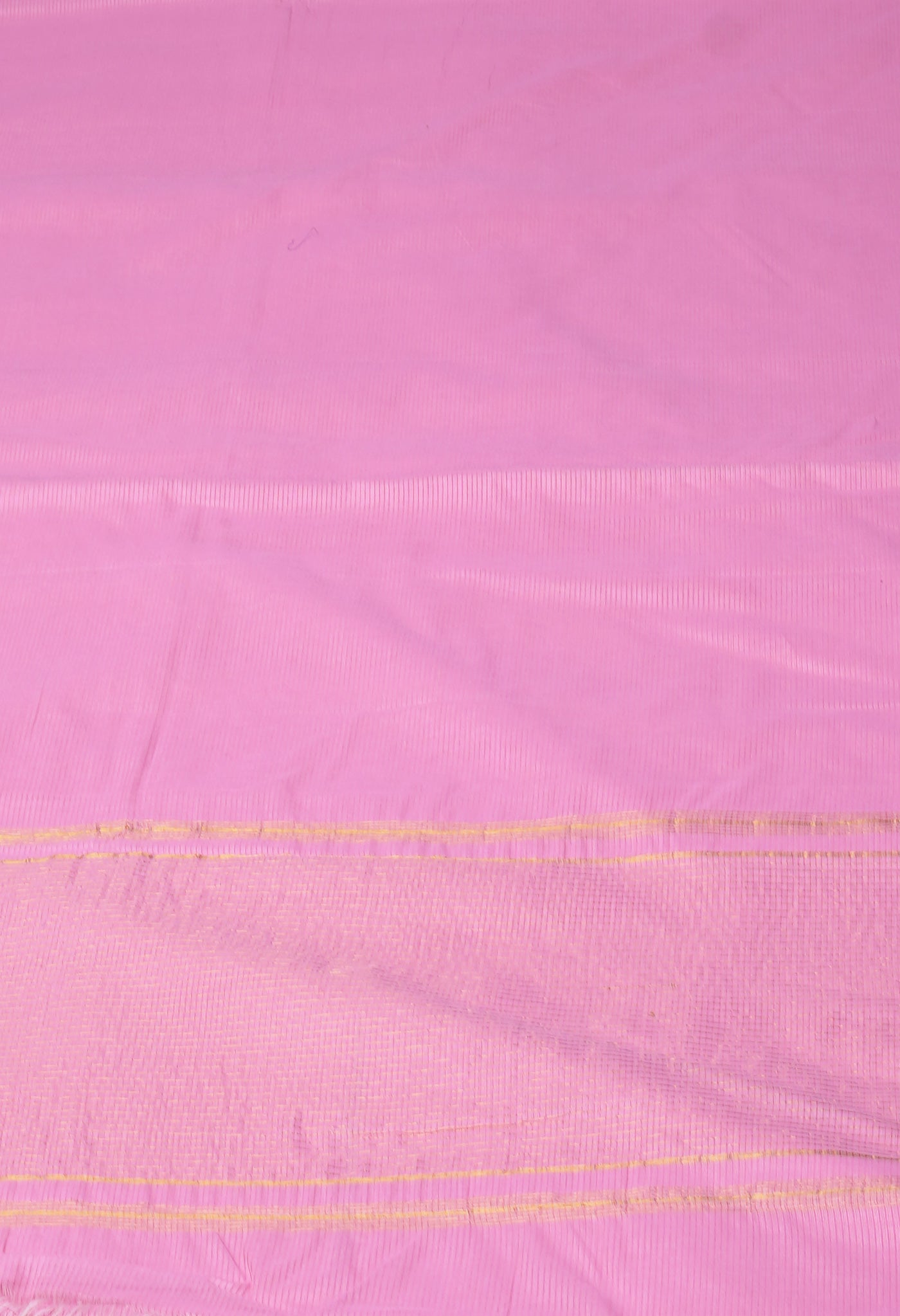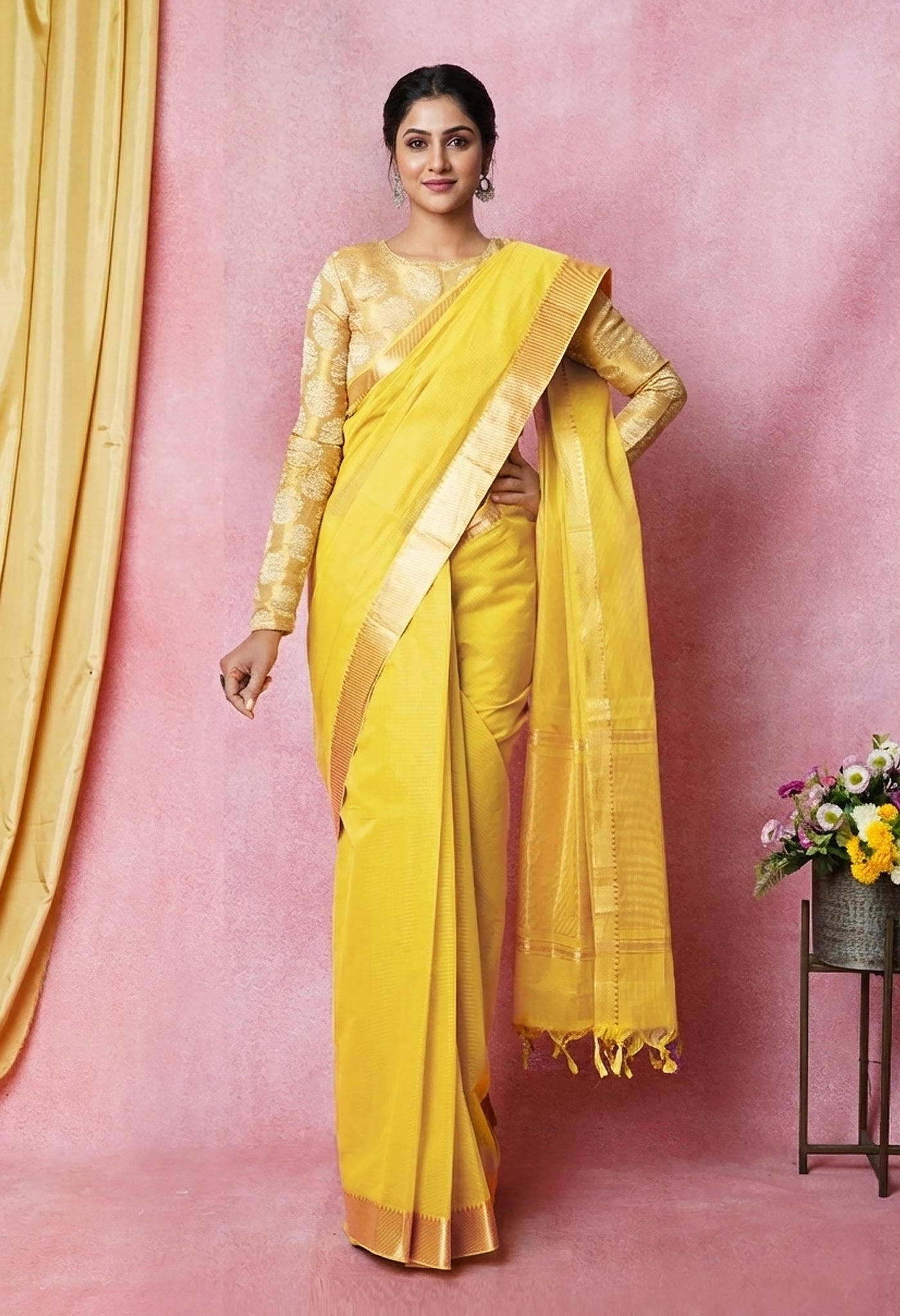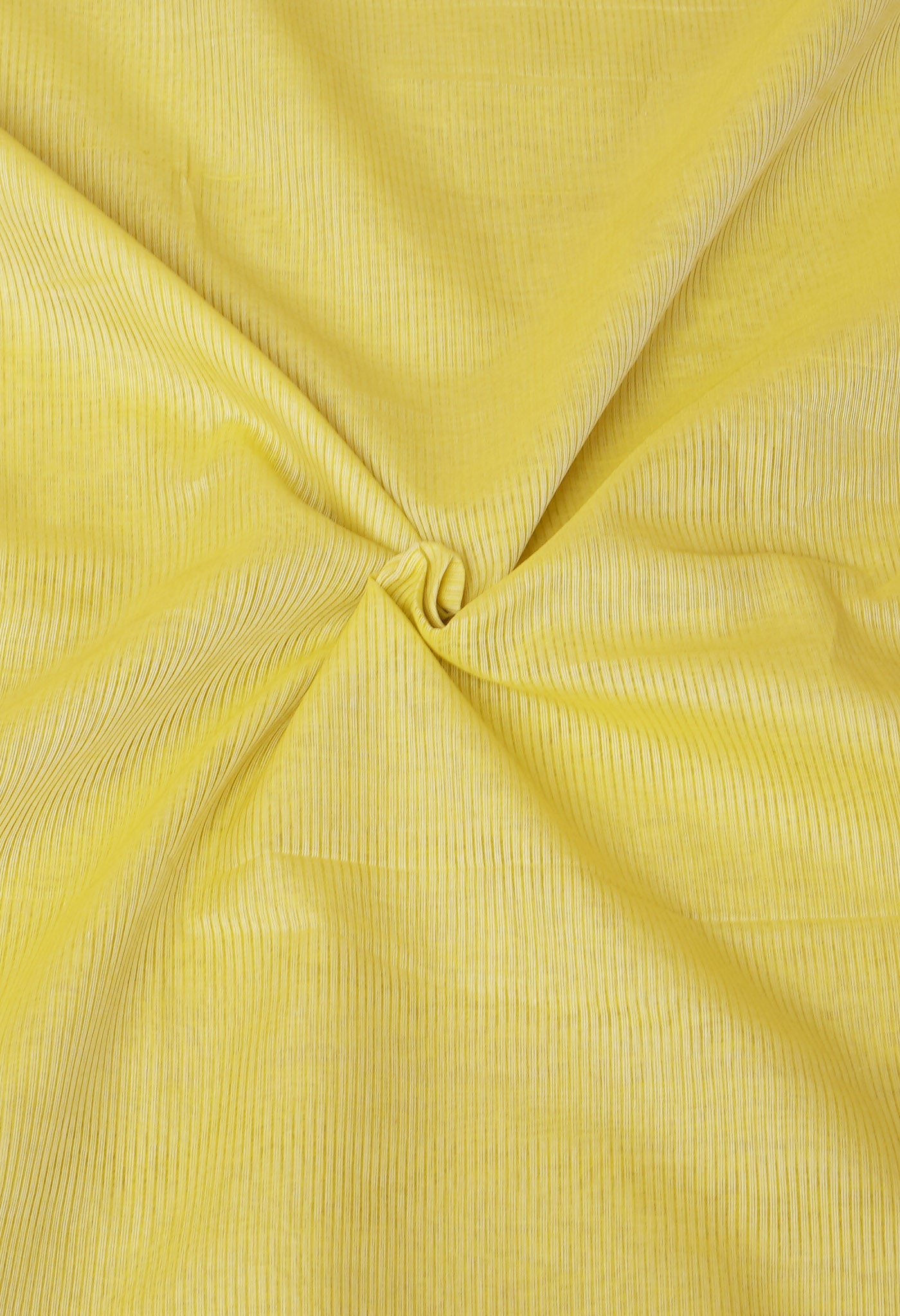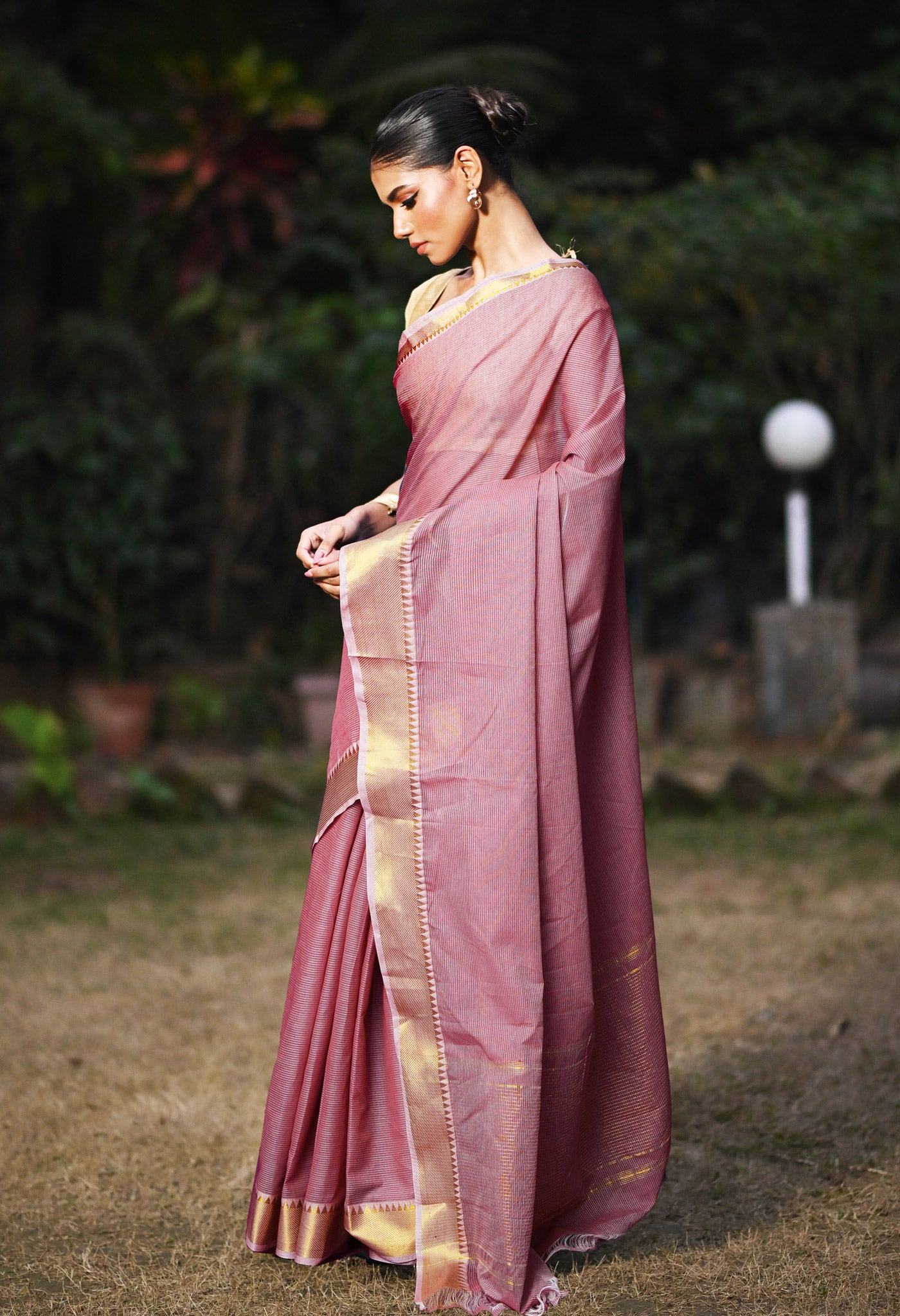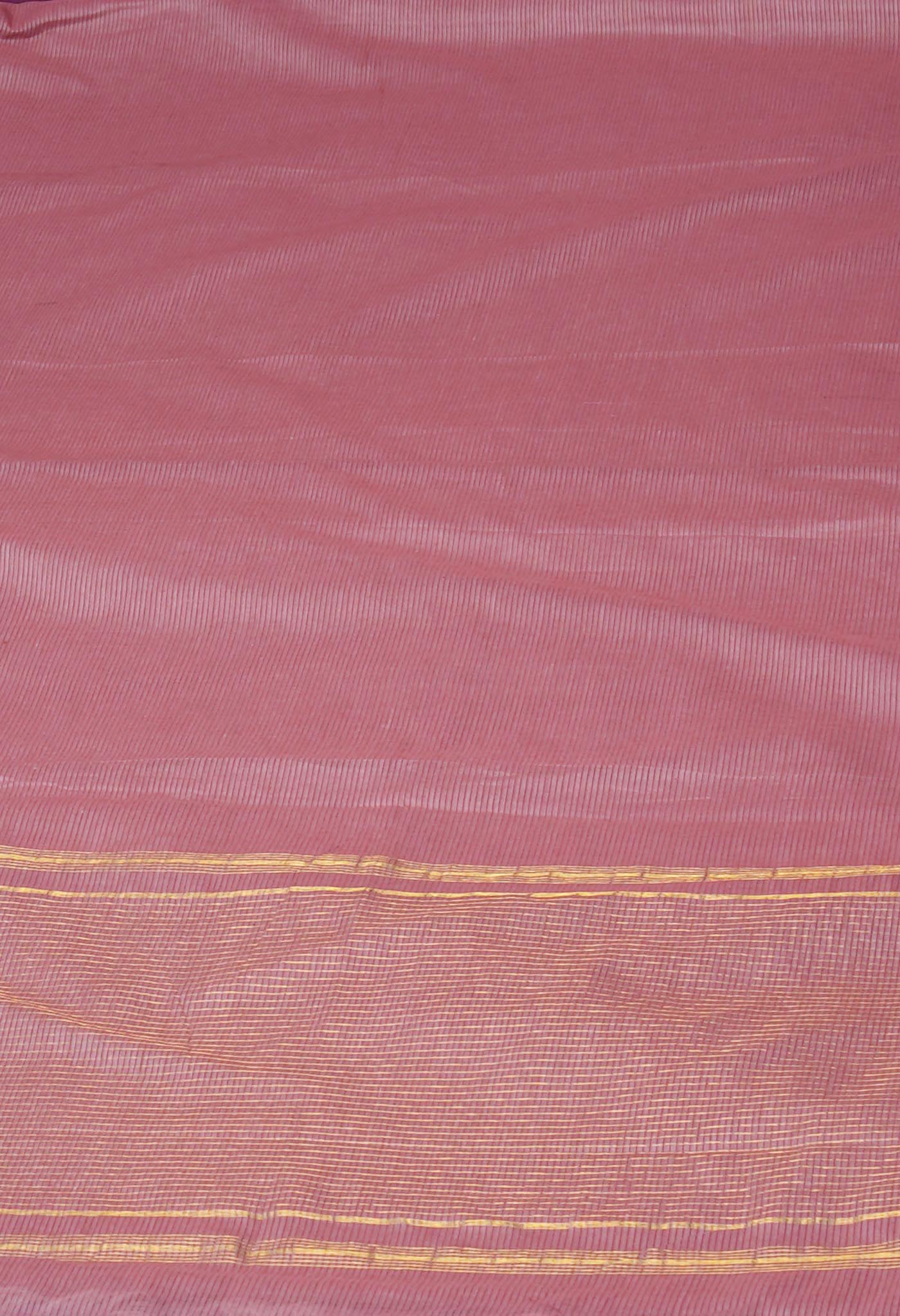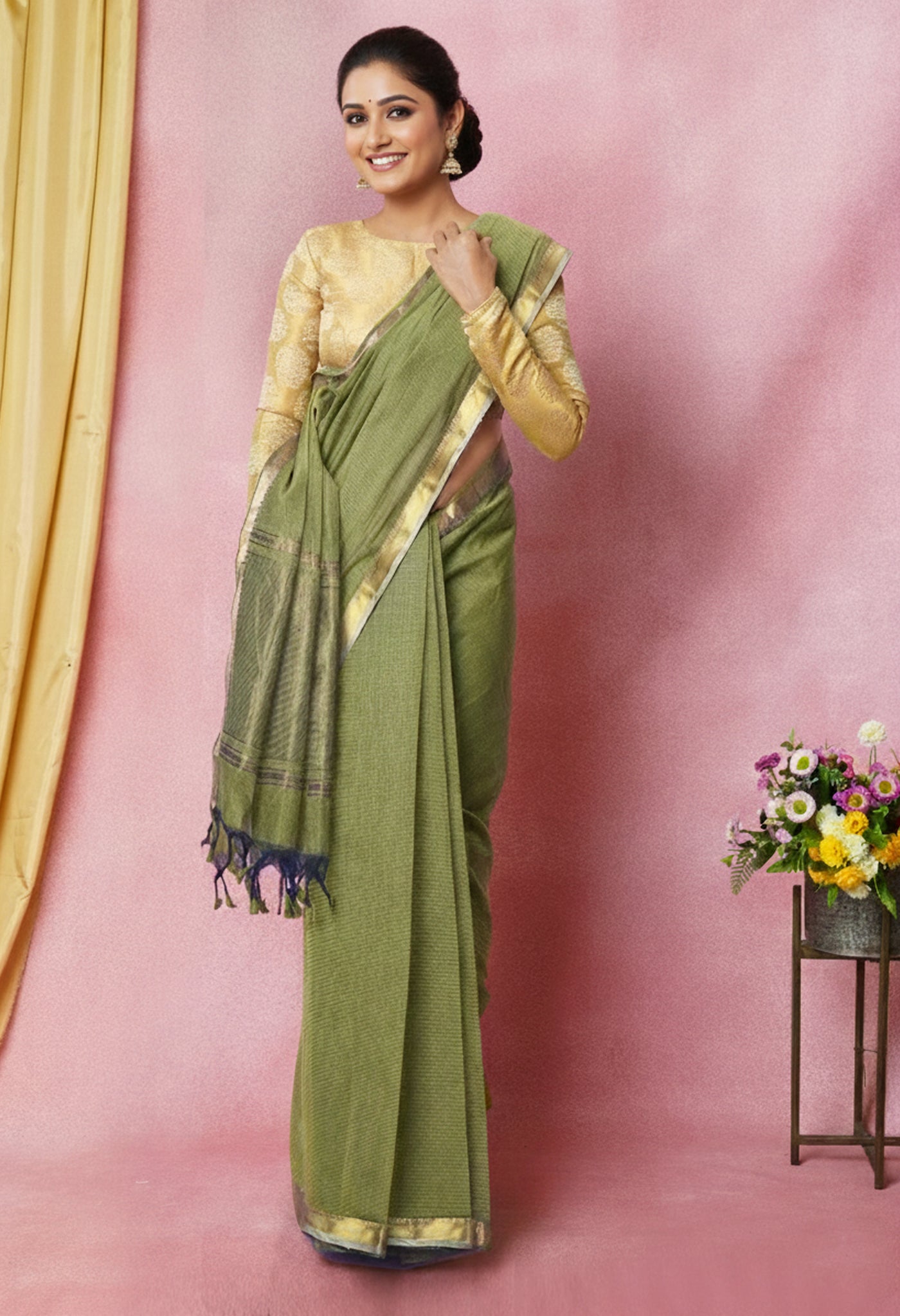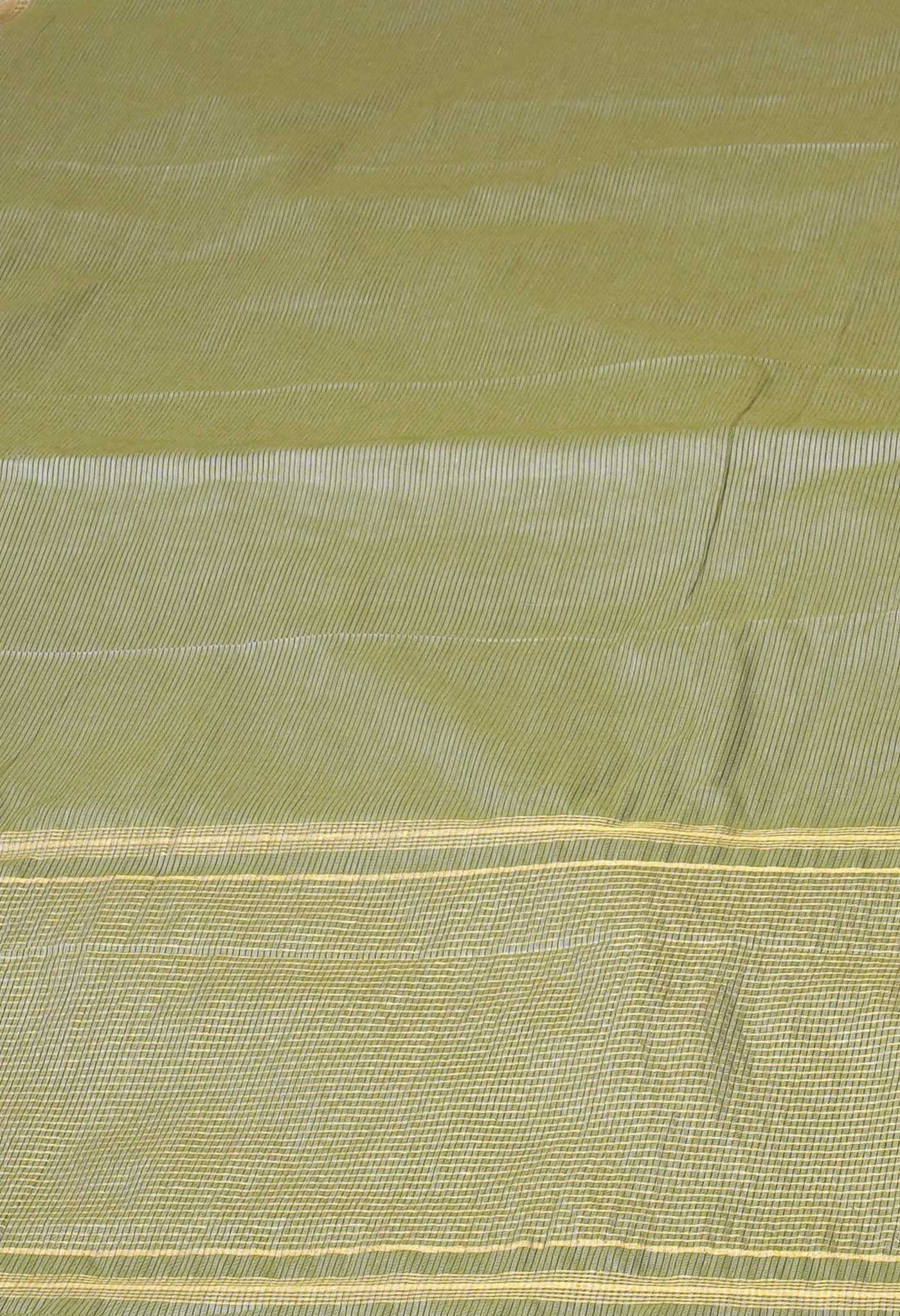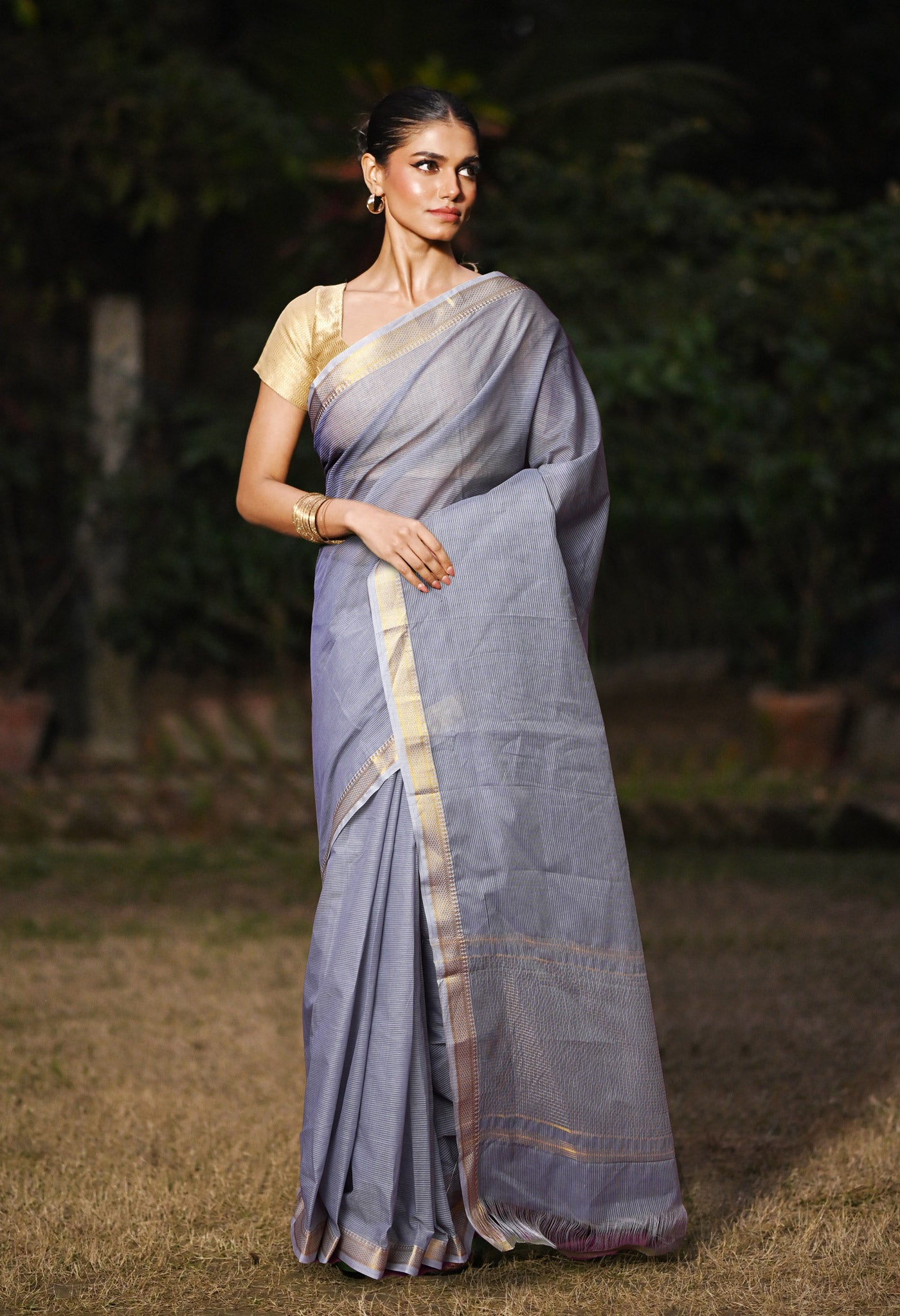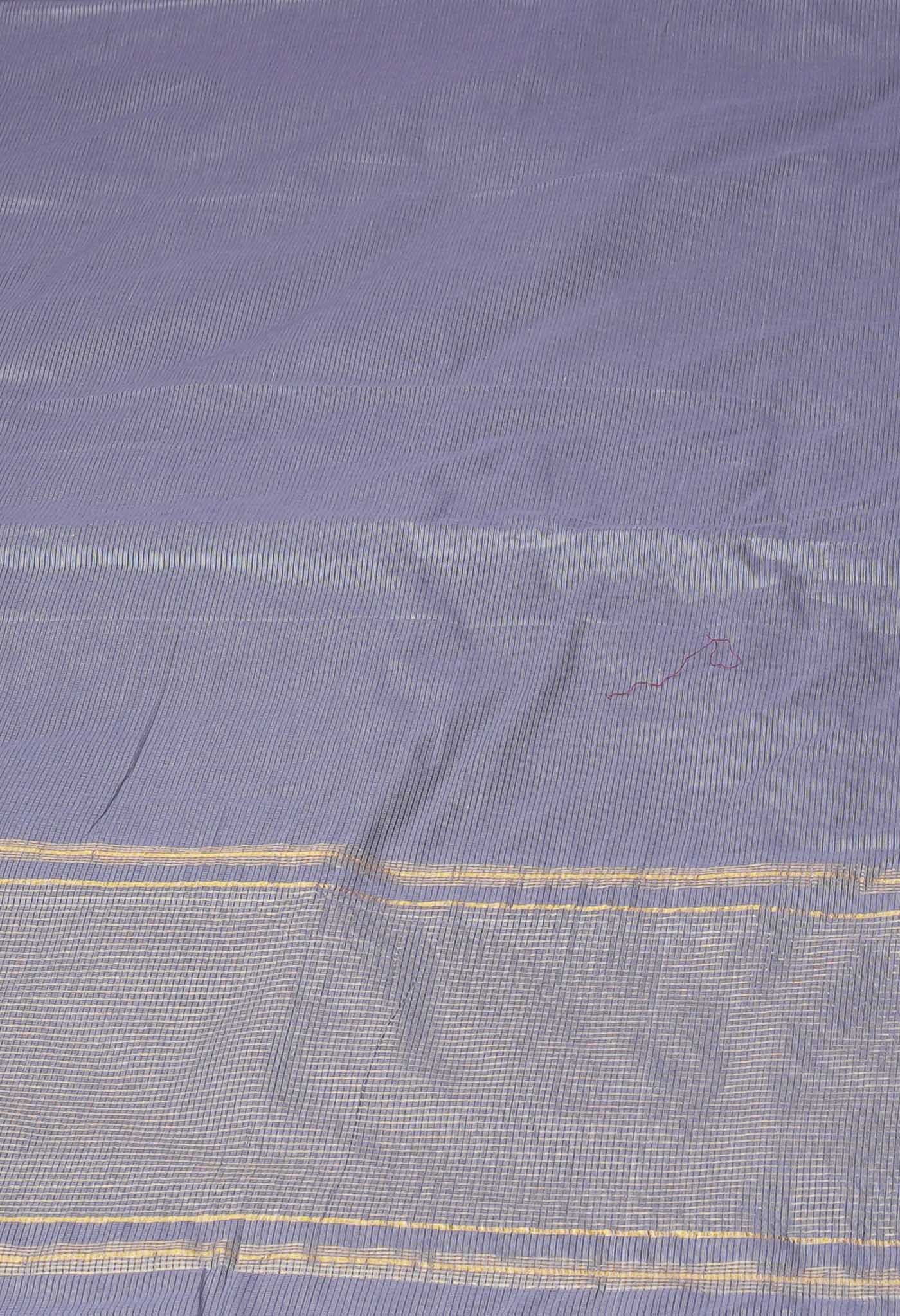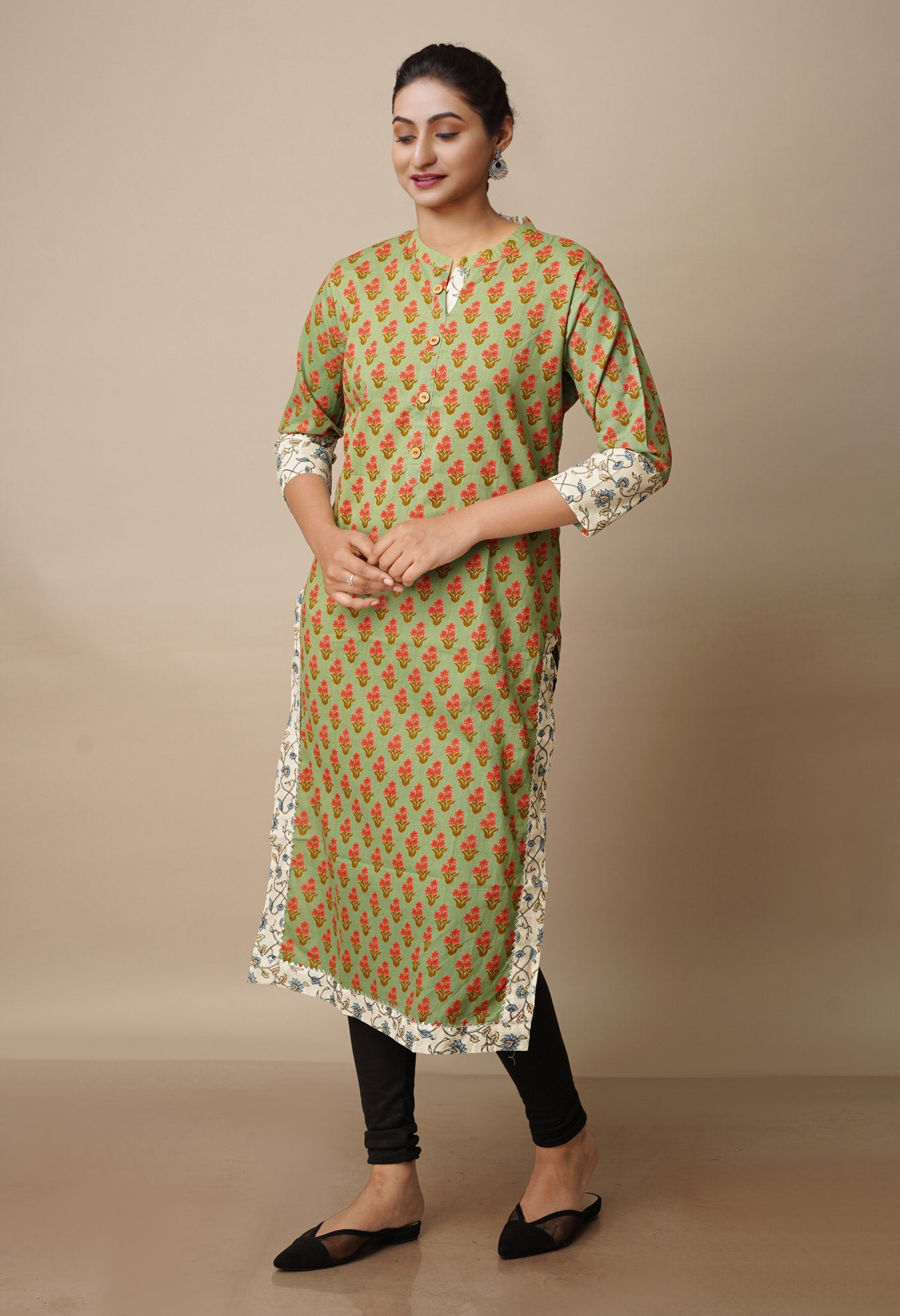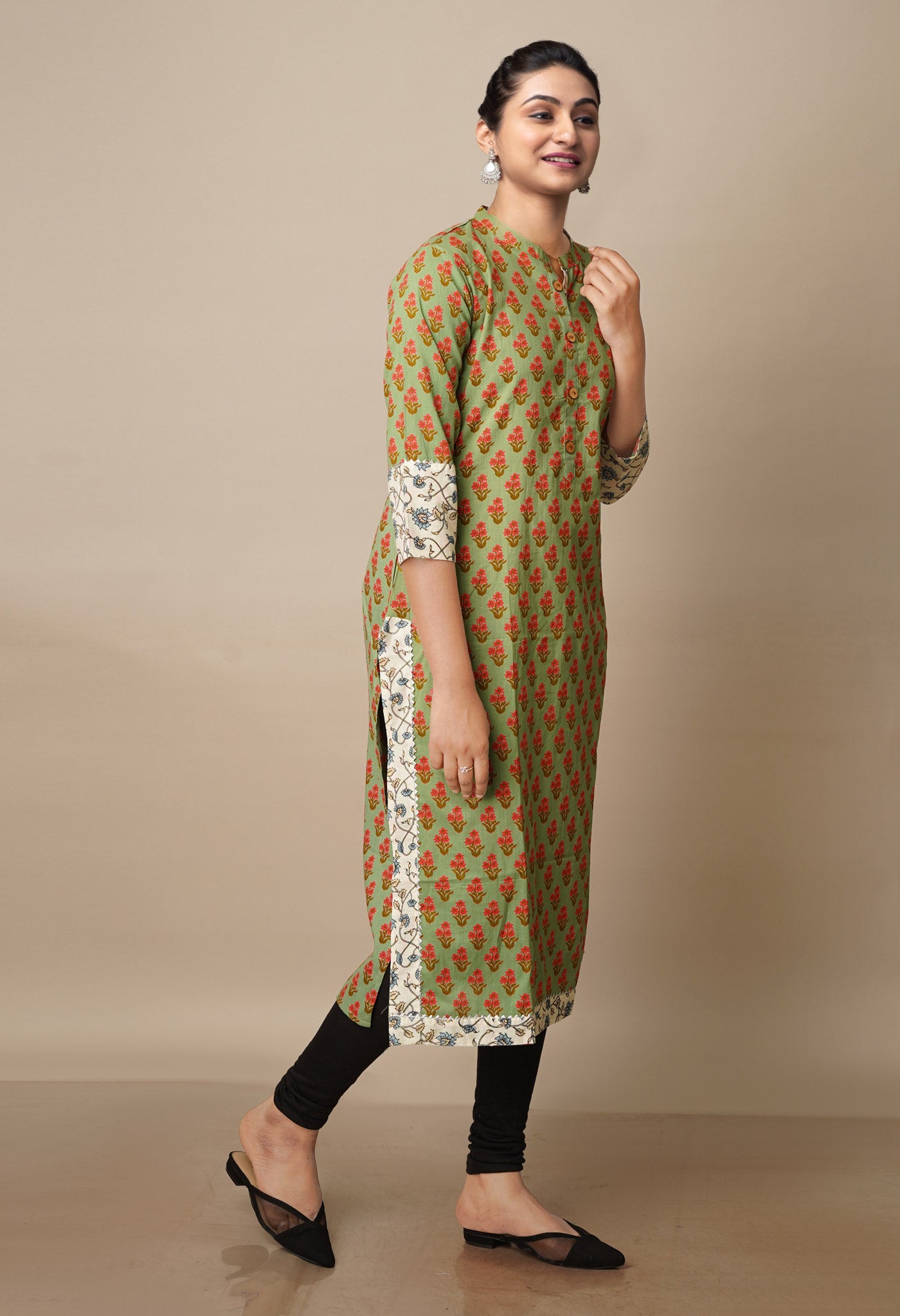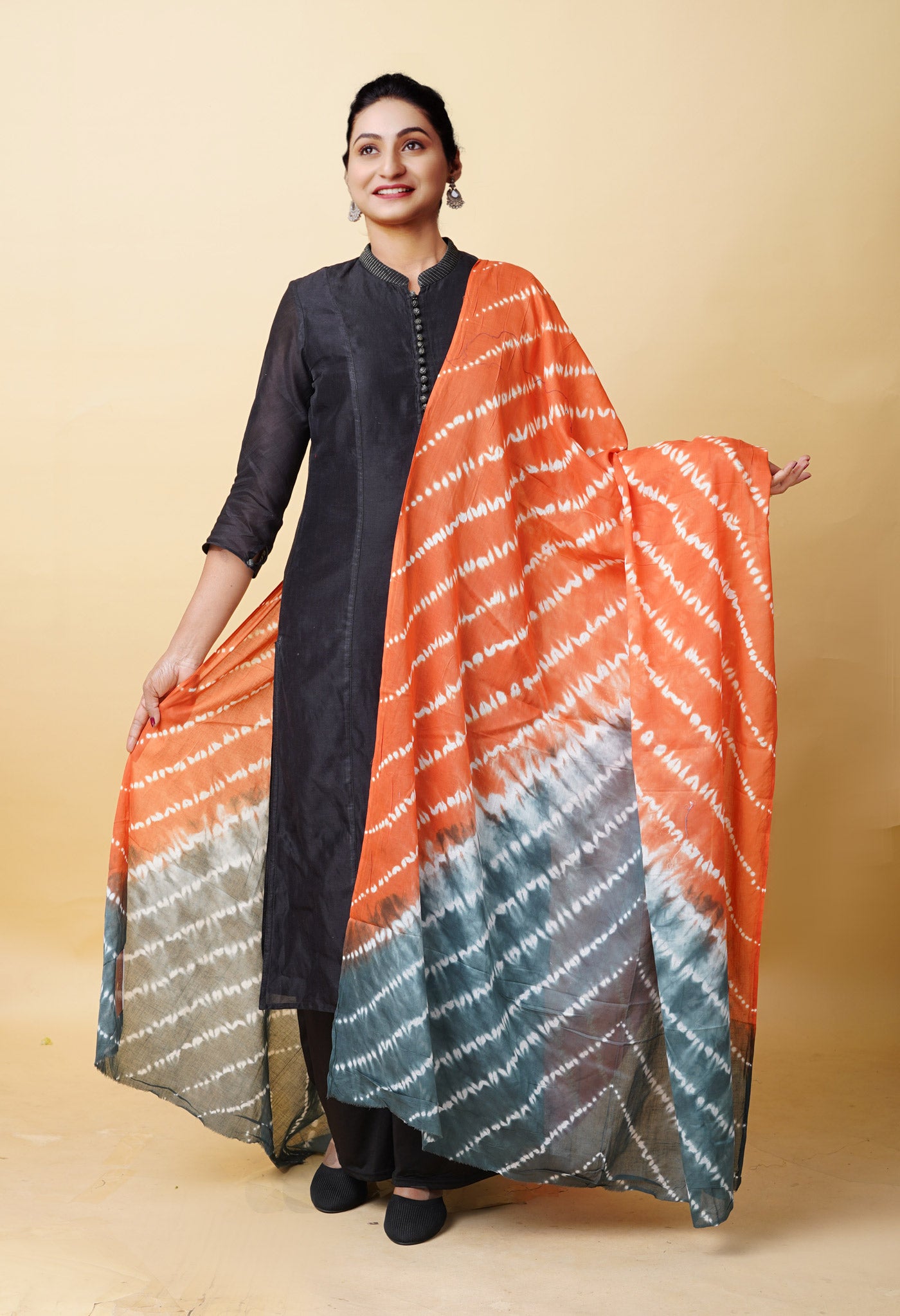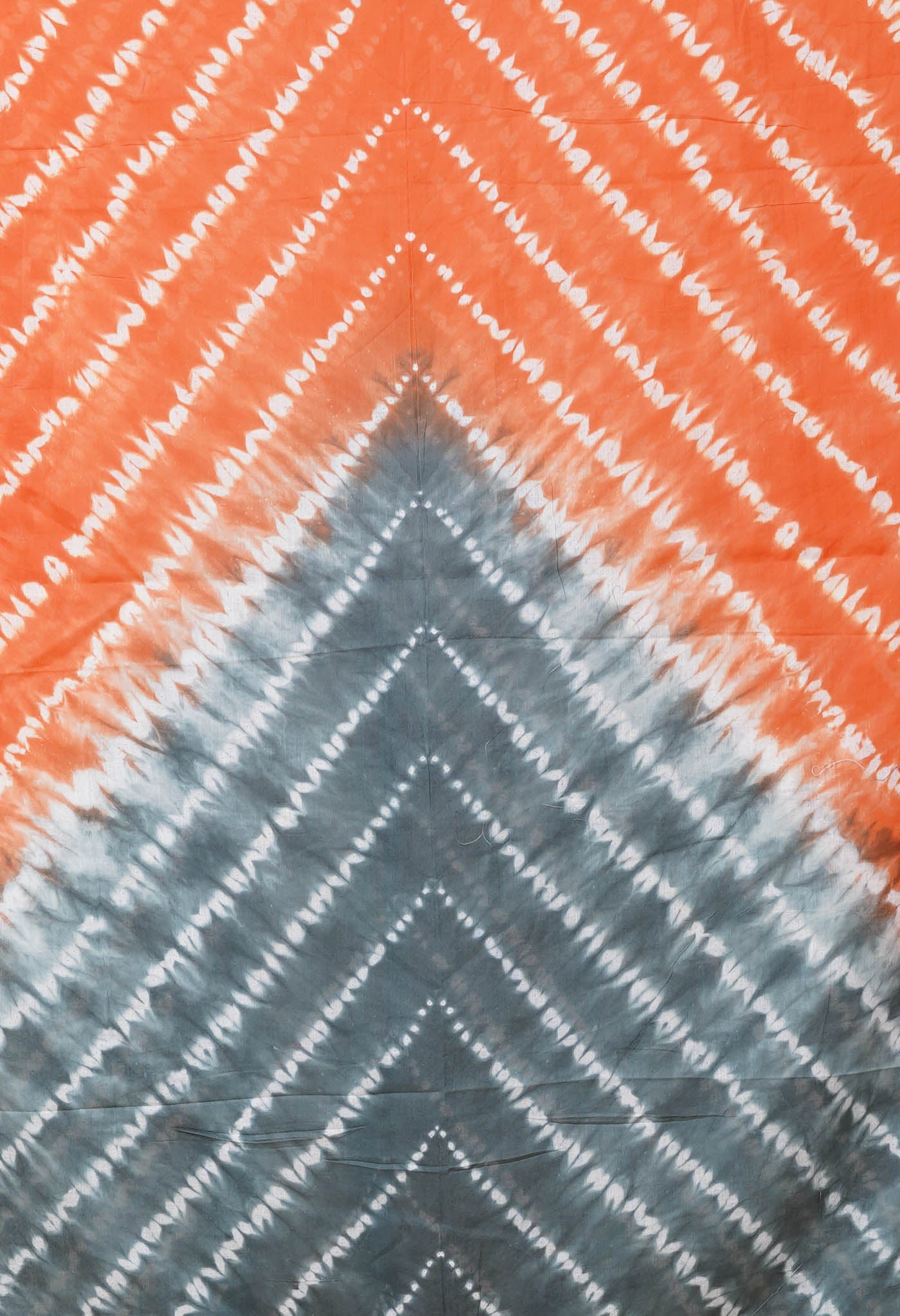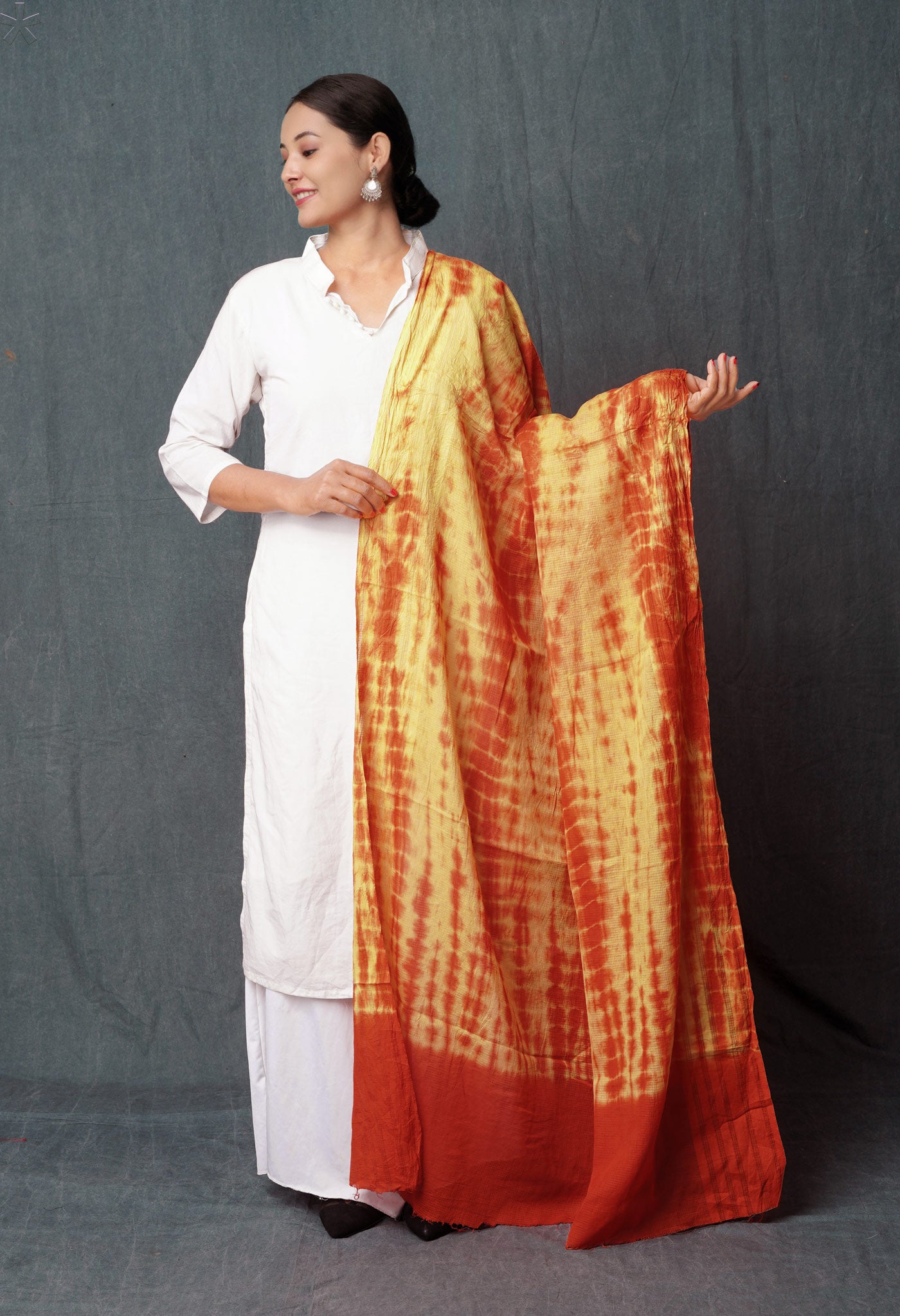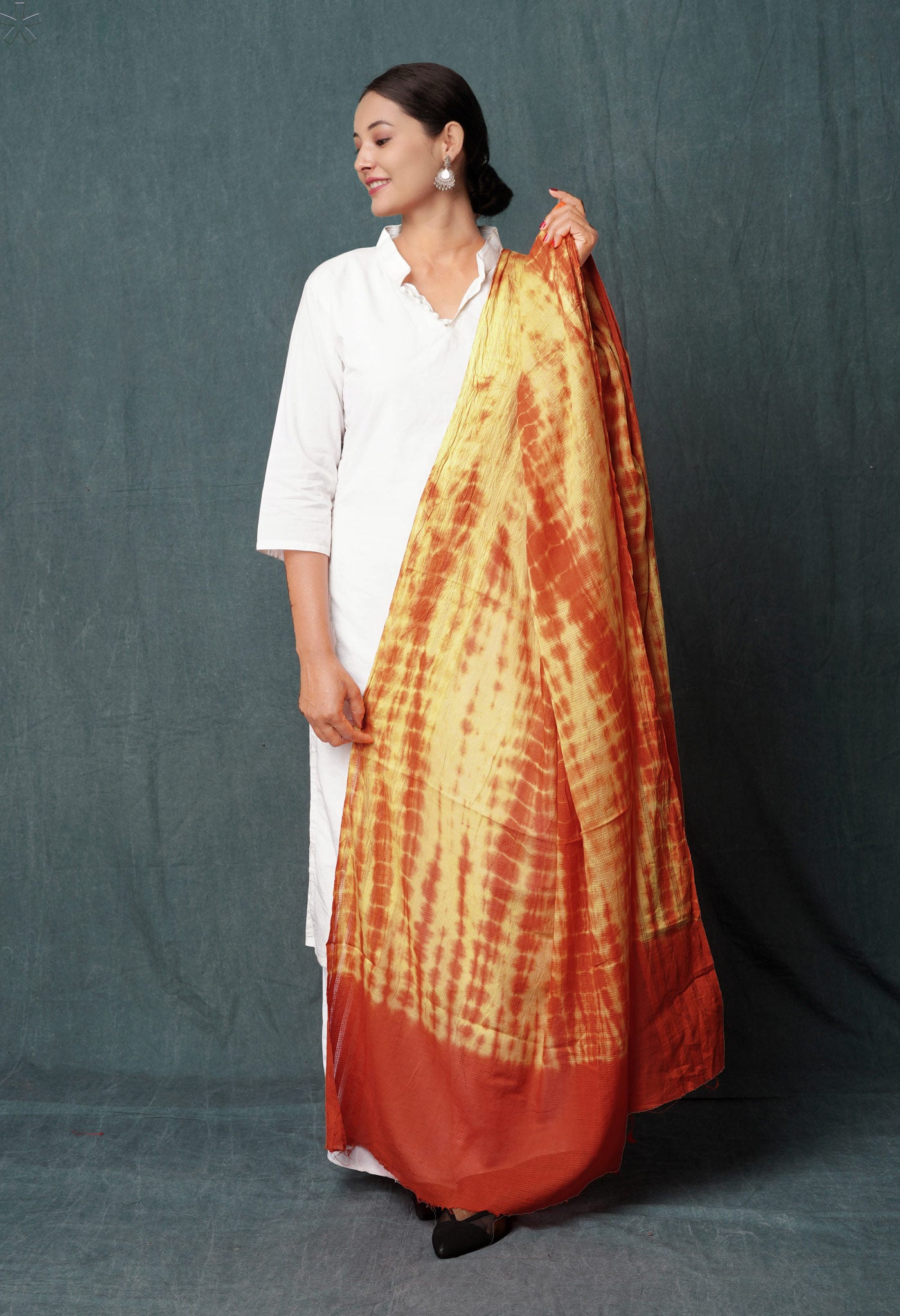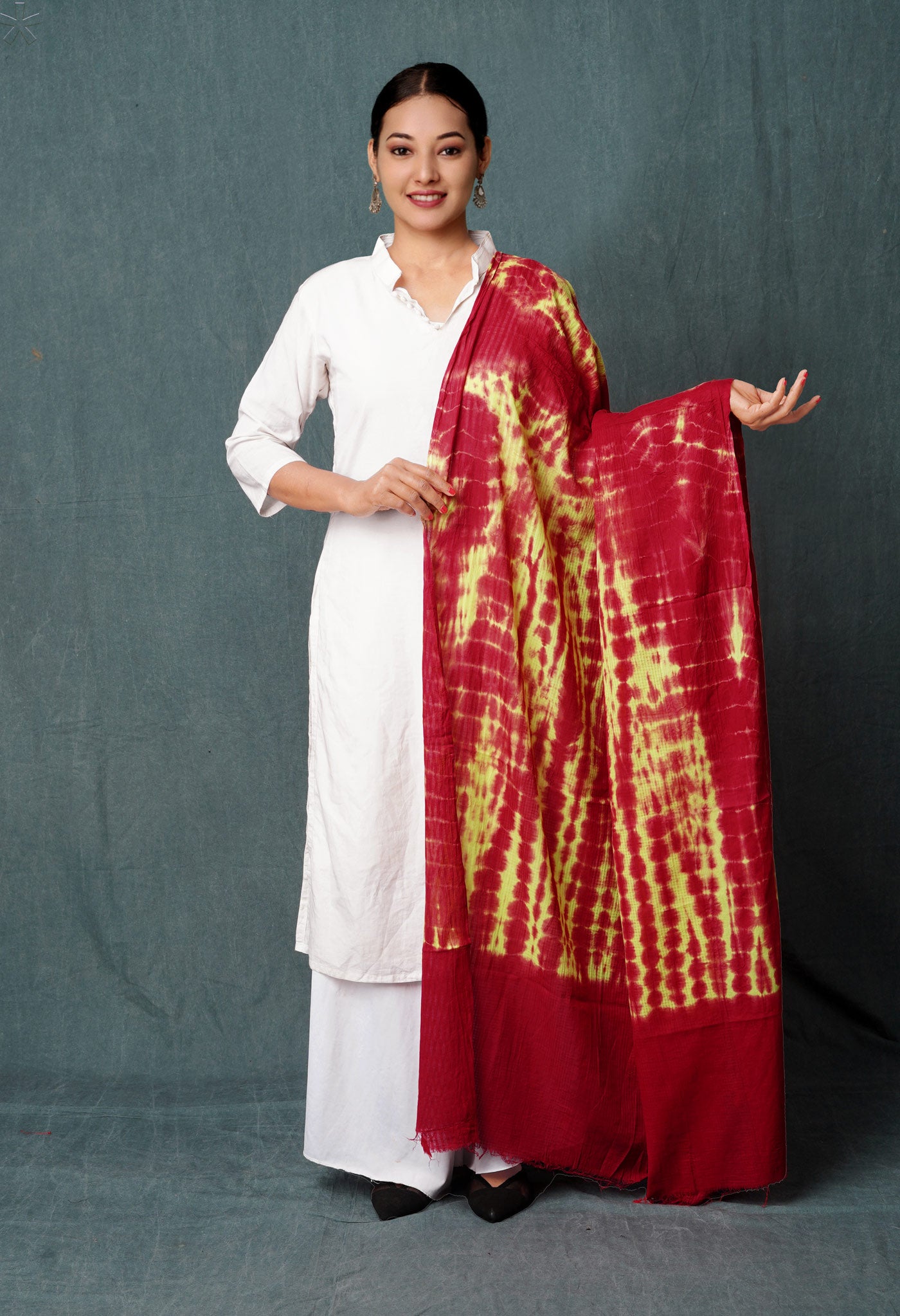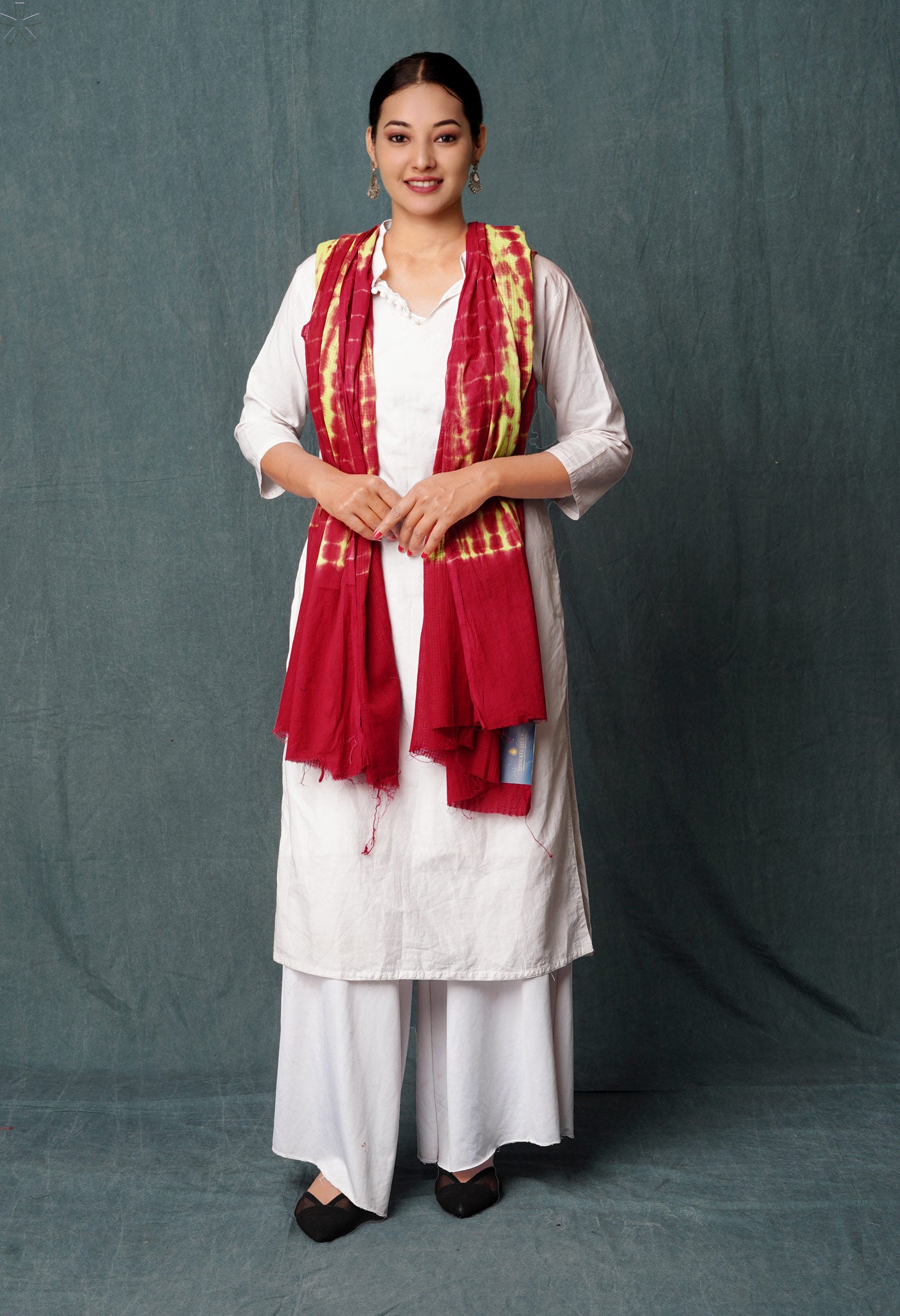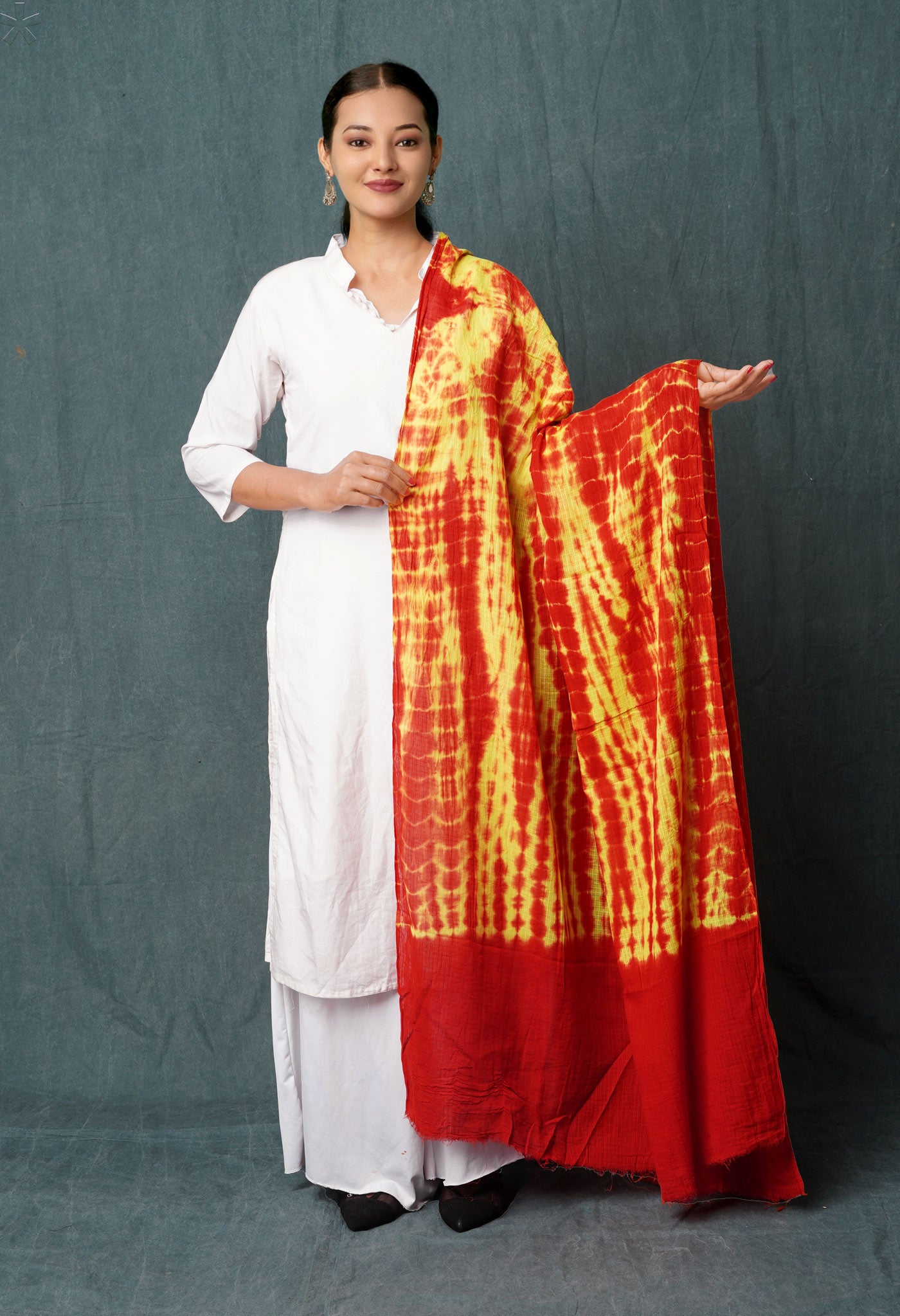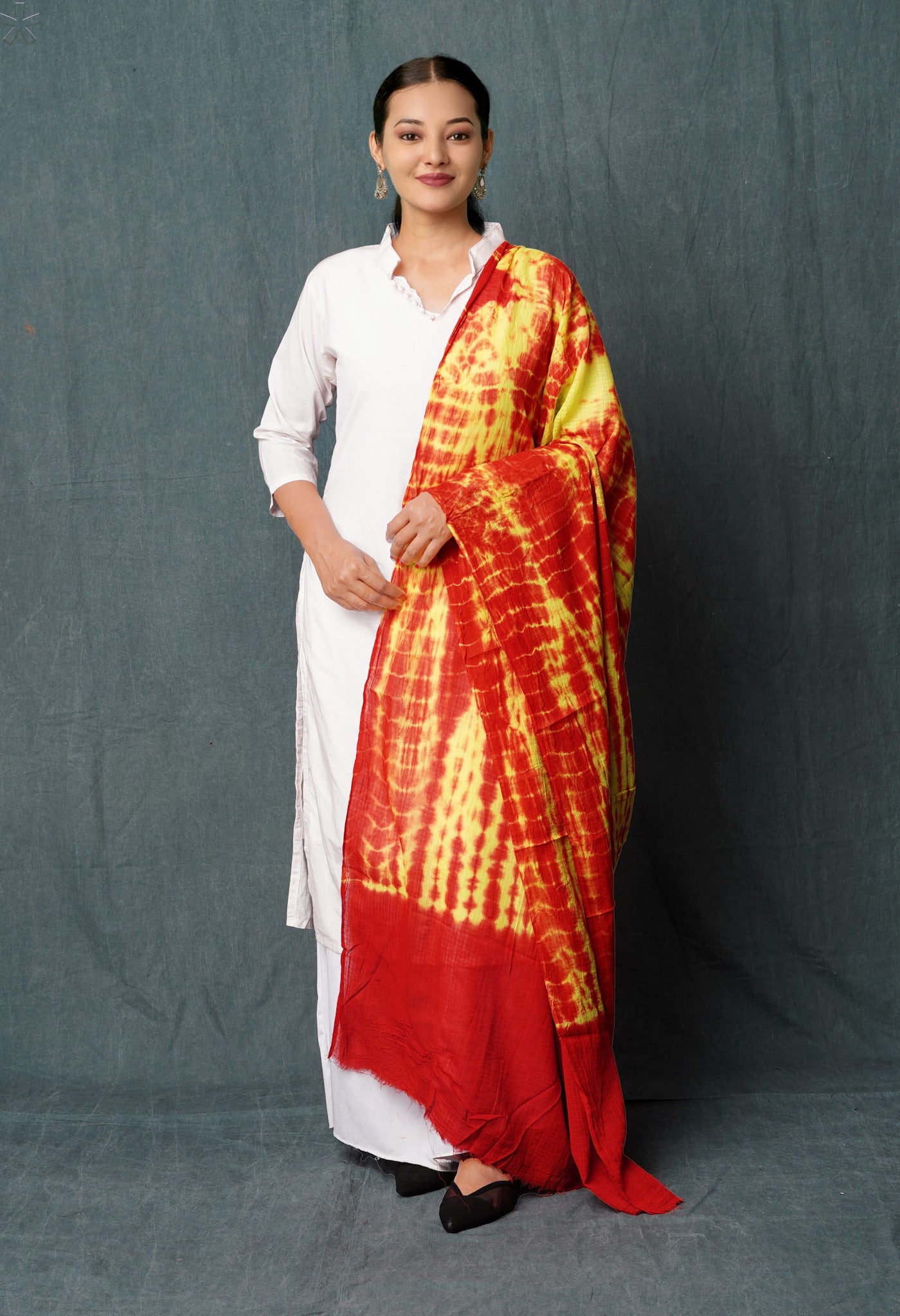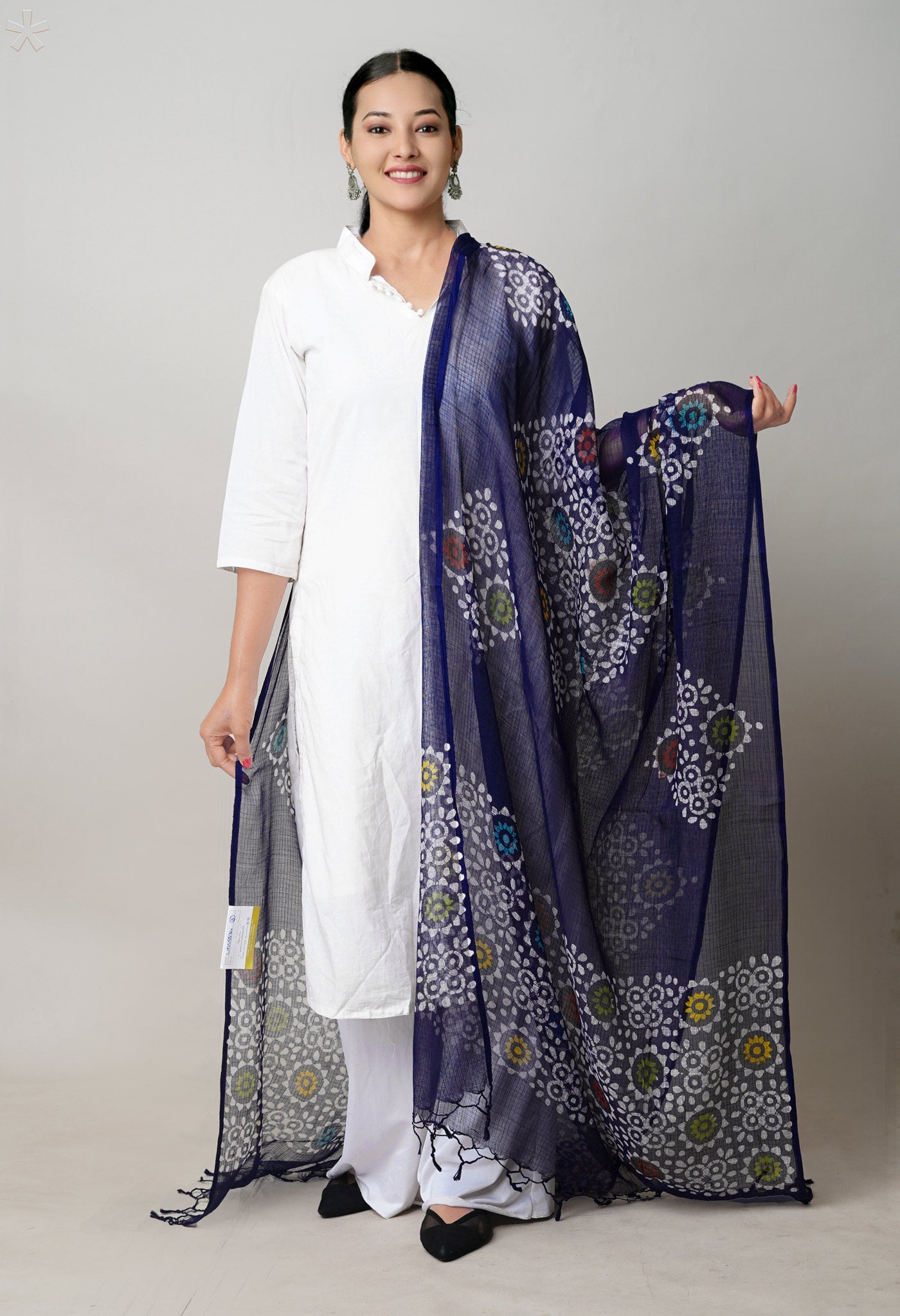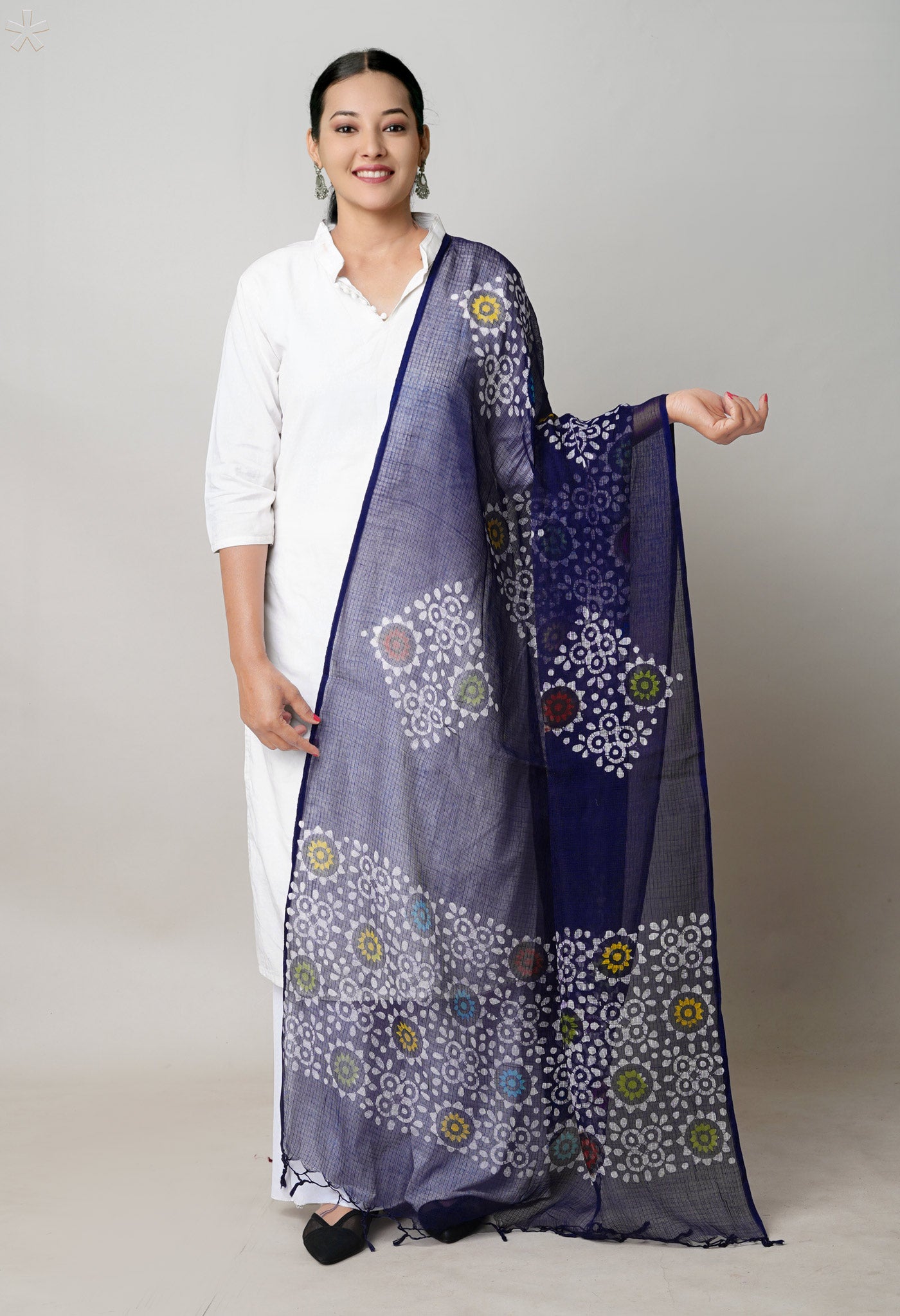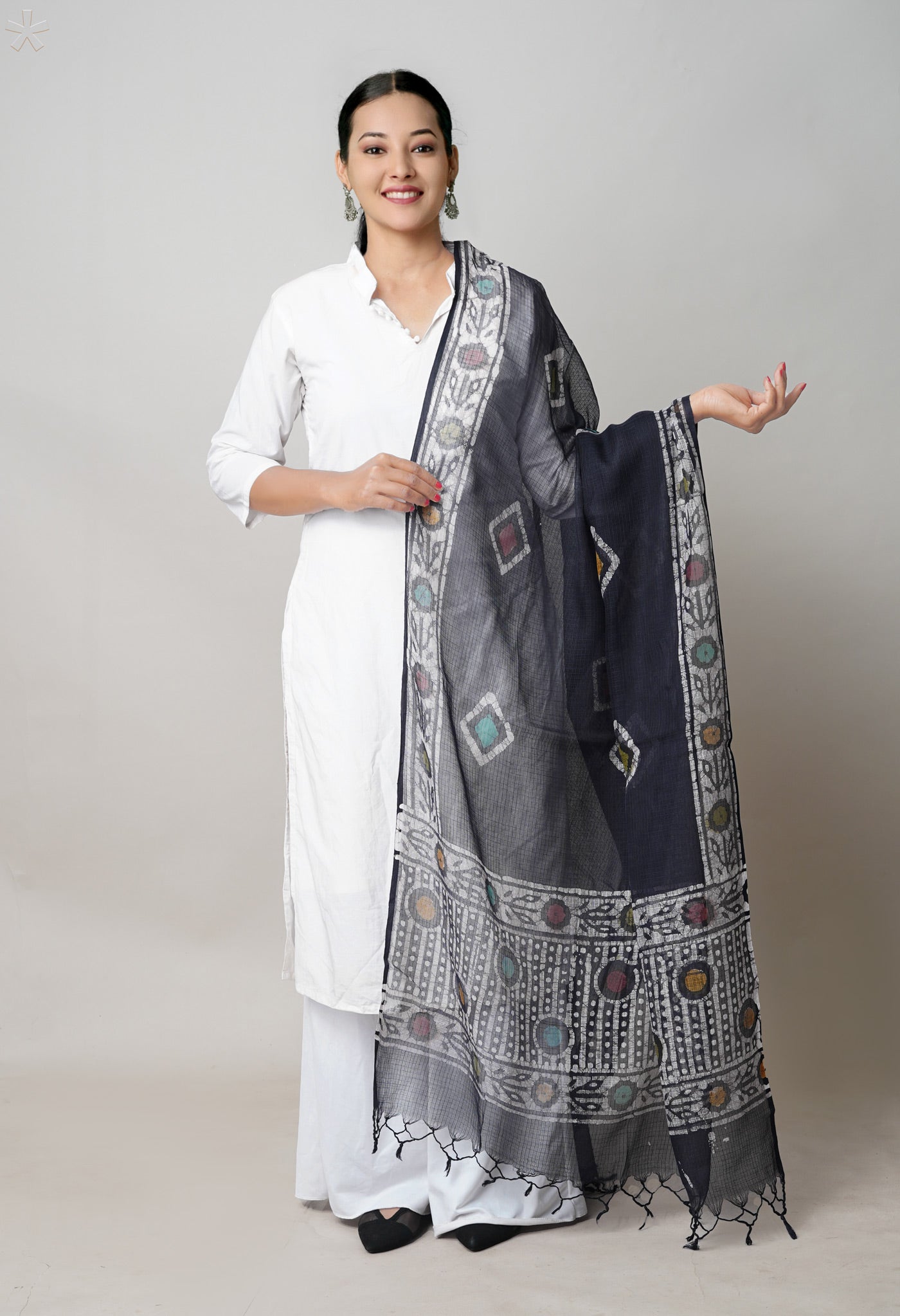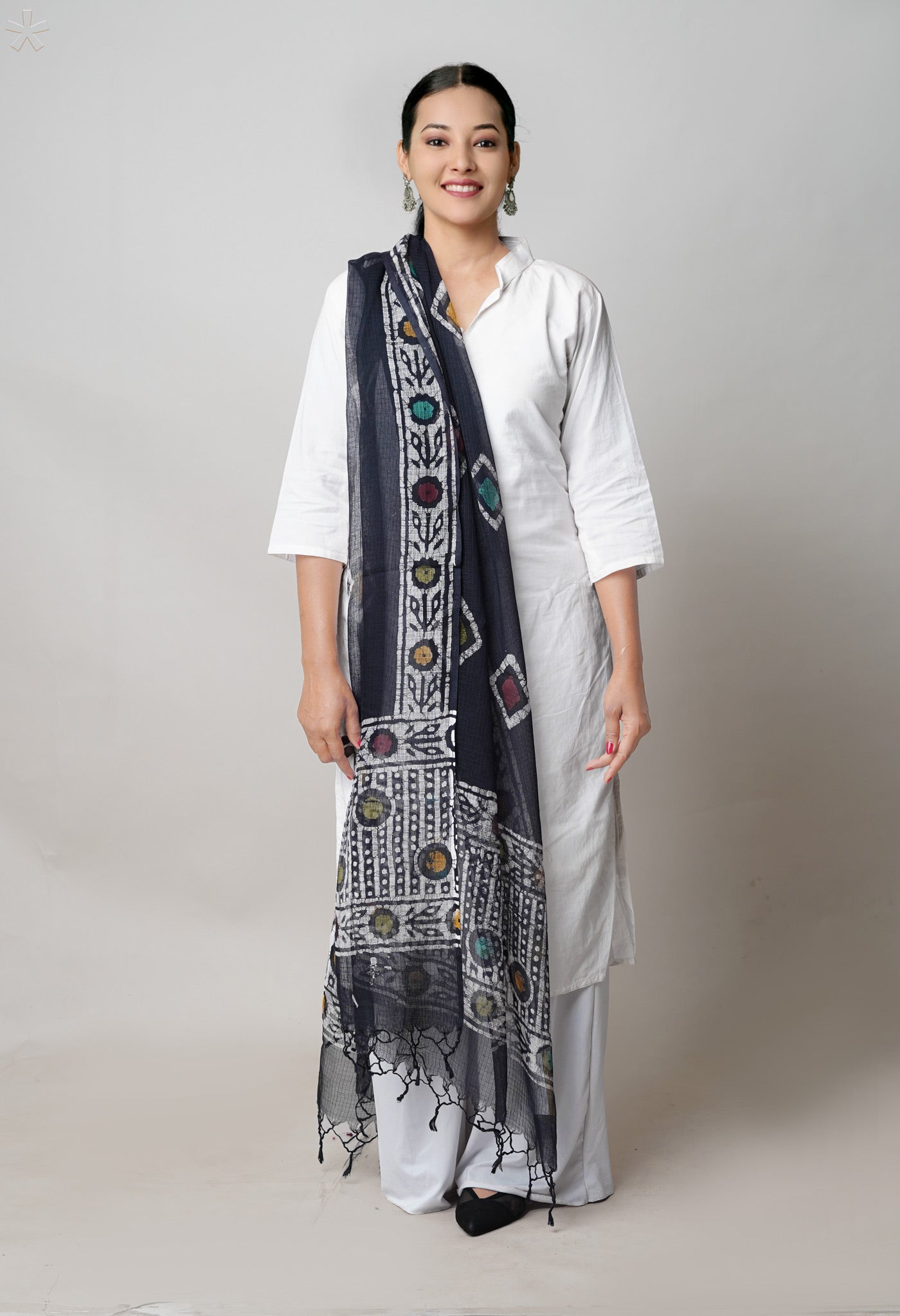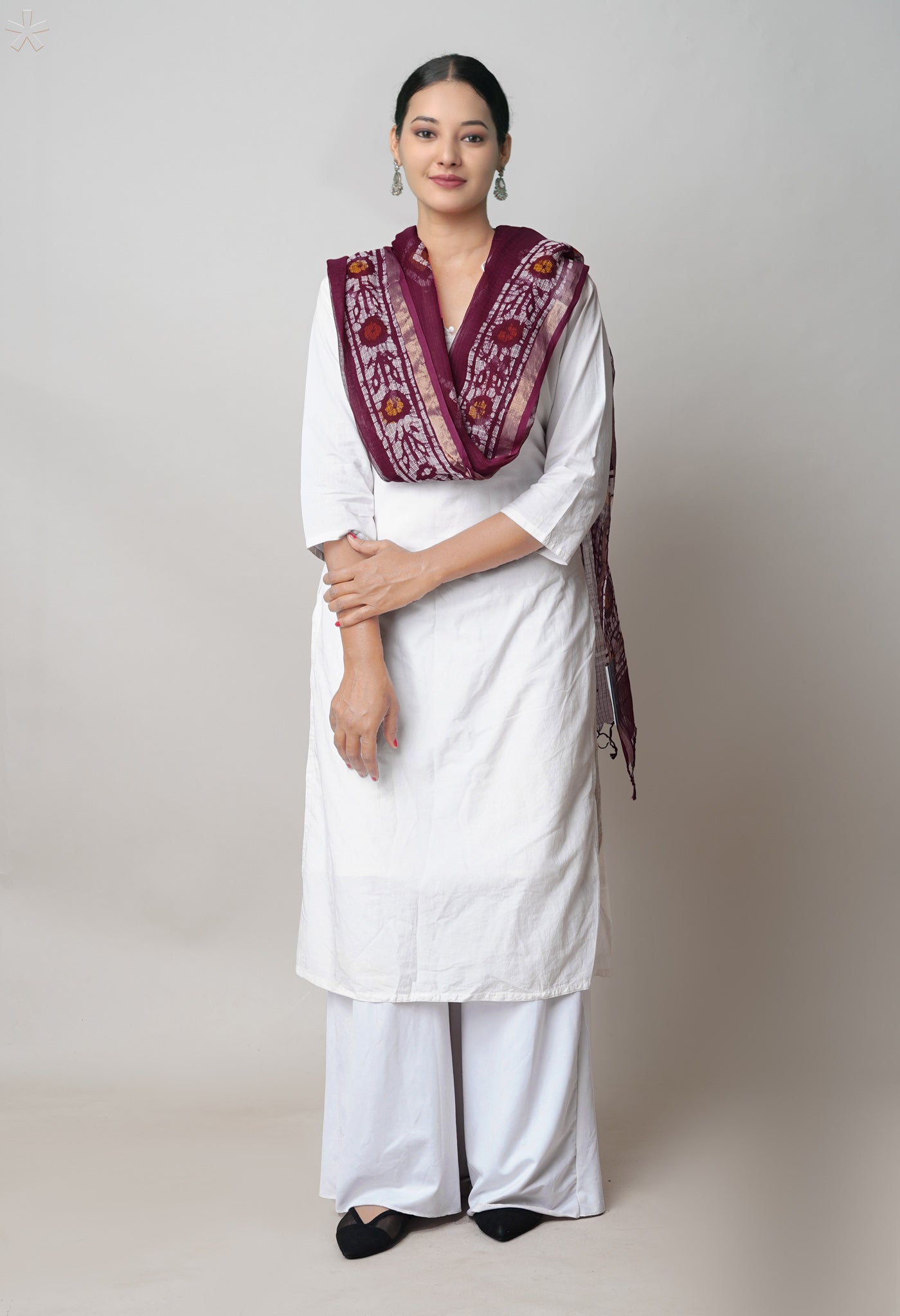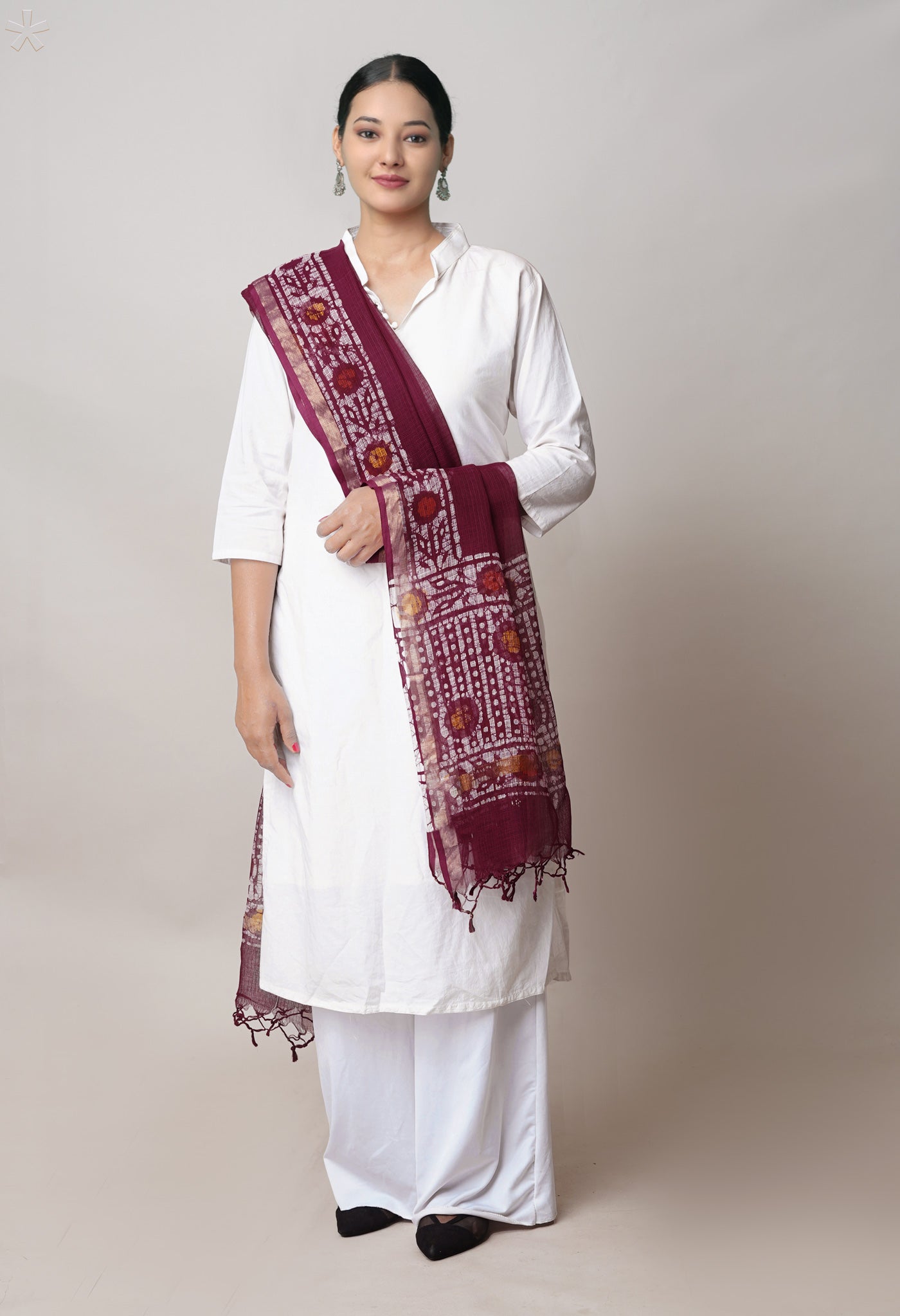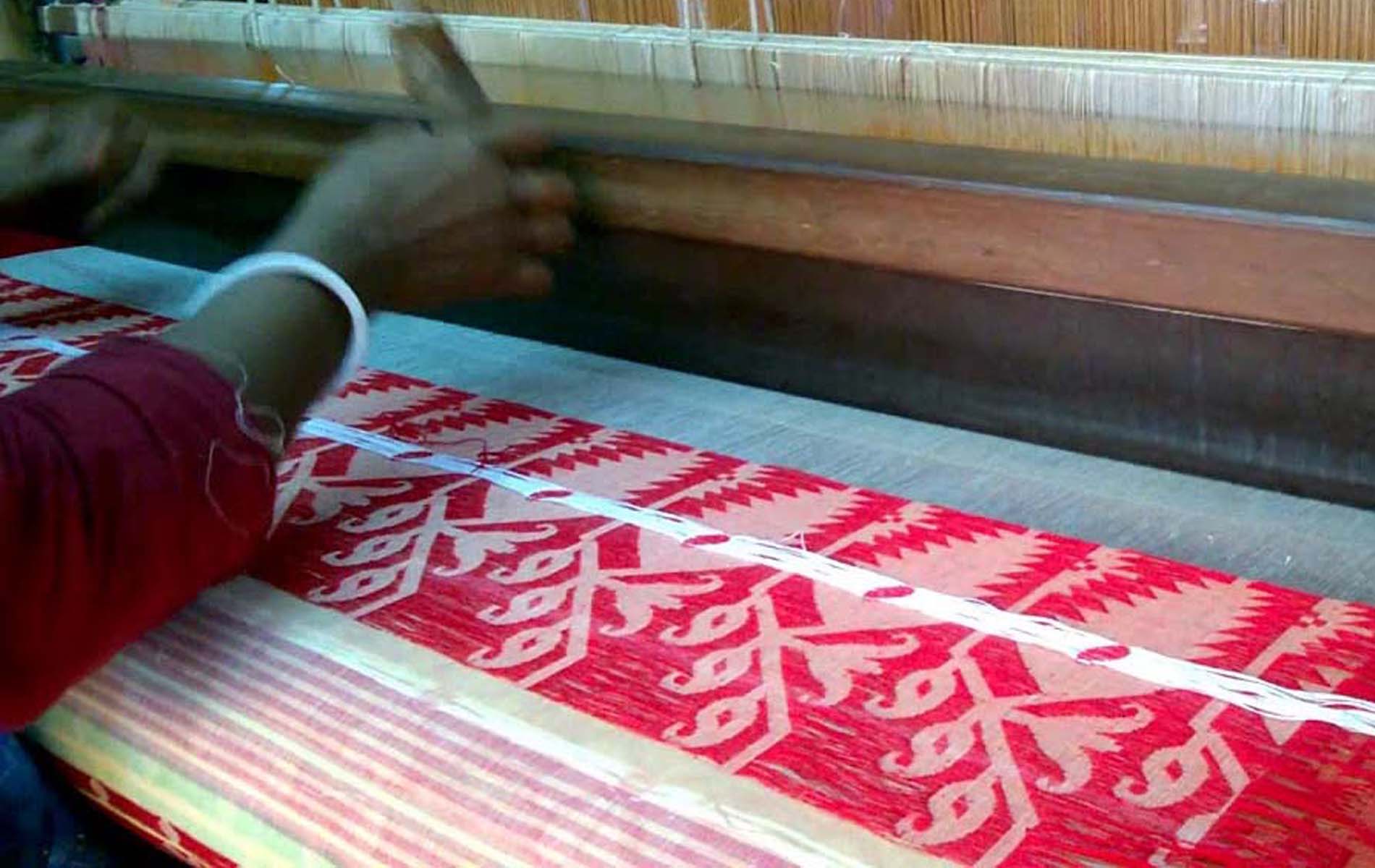
Shantipur – A town where dreams are woven in intricate handlooms
“Inspirational weaves come from the most unexpected of places”, is one of the oft quoted statements by Mr. Devender Gopal Ladha, the pioneer and visionary of Unnati Silks, an acknowledged presence in the handloom industry.
He said to an informal gathering once, “I remember going to the heartland of Bengal in my initial days of exploration to the Shantipur-Phulia belt, known for its extraordinary weaves in Cotton and Silk. Traditionally have been acknowledged as one of the initial efforts in hand crafted fabrics in the country and despite the onslaughts of time have not dimmed or lowered in quality. What one perceives on moving across the area is the stark contrast between the living conditions of the weavers which is pathetically woeful and the artistry of the craft that has been sustained despite this. I had a trying time holding back my tears and vowed silently to do whatever I could for them and encourage their efforts to the best of my ability”.

Let’s get a glimpse of what Shantipur is.
Shantipur town
Shantipur, also known as Santipur, is a town that has assumed the proportions of a city. In Nadia district of West Bengal, India, it is believed to have been constructed by Raja Krishnachandra of Nadia. It is known for two very prominent things. A pilgrimage town, the famous Rasjatra is religiously conducted every year over here.
It is otherwise known for its traditional handloom sarees since ancient times.
The Partition saw many weavers from Dhaka migrate with their families and settle in the Santipur- Phulia region. Many of them being skilled weavers, they along with their art spread along the Santipur, Phulia (Fulia), Samudragarh, Dhartigram, Ambika Kalna belt. That is why this region is popularly known as the hub for quality handloom products in exotic designs and colors.

In the 2011 census, the urban area had a population of 288718, of which 51 % were females. The average literacy rate is 64 %, higher than the national average of 59.5 %. Hindus dominate the population at close to 80 %, the remaining 20 % and odd being majorly Muslims.
Being known for its Ras Utsav and "Dolutsav" begun by one of the main associates of Chaitanya Mahaprabhu, Rashyatra, the main festival of the town, has the principal deity and his consort Radha, known as Radharaman, are taken out in a grand procession around the city accompanied with drums, kirtan and other celebratory manner.

The history of Shantipur
Early Indian texts, both religious and historical, refer to the glory of the Indian handloom fabric. The Indian handloom was much sought after both in the East and West. Even ancient Greek philosophers have spoken highly of Indian cloth. There has been slight change in the weaving from the handloom of yester years and the one that came to be after the invention of the hand operated loom. The earlier one was hand spun and hand woven and took toll of energy and time. Today handlooms are woven on hand operated looms, the spinning being done beforehand on automatic looms. A labour intensive, potential opportunity offering industry, the handloom sector has done the country proud in many a way, from the weave quality, to design, to adornments, to uniqueness and fashion. Yet it continues to be a highly neglected area in respect of opportunity, encouragement and finance.

Shantipur has a history of being a seat of Sanskrit literature and Vedic learning dating back to the 9th century. India has a rich cultural heritage and the art of hand weaving formed its integral part. History has it that hand weaving was in existence In India for over five thousand and eight hundred years now. The famous Shantipuri saree, woven in a particular style, is till this day uniquely identified with the region, and can be considered one among the oldest varieties of the Indian handloom saree.
 Weaving is an activity that was supposed to have been initiated in the beginning of the 15th century and the handloom saree was encouraged a lot during the rule of the Nadia King Rudra Roy in the last half of the 17th century. It got even more patronage in the Mughal rule and handloom sarees used to be exported to countries of the Far East since then.
Weaving is an activity that was supposed to have been initiated in the beginning of the 15th century and the handloom saree was encouraged a lot during the rule of the Nadia King Rudra Roy in the last half of the 17th century. It got even more patronage in the Mughal rule and handloom sarees used to be exported to countries of the Far East since then.
In the 1920s when the Jacquard attachment to conventional looms came into existence, it introduced possibilities for a vast number of designs unique and eye-catching that enthralled the market. Hand Spun Yarn of 250 – 300s, which is beyond the scope of mill, was used for weaving.
Sectional warping and sizing was later introduced to produce a warp of 350 yards in length.
During Partition when Bengal got divided into West Bengal (India) and East Bengal (current day Bangladesh), many of the Dhaka weavers migrated to Shantipur and Fulia. Districts around Shantipur town and Kalna in Bardhaman district.

The Santipur sarees in the past were very popular for the fine & uniform texture. The sarees are termed as per the design used in the extra warp meant for side border. The Bengal Small Scale Aids Industry Act during the early eighties (1980 –83), was instrumental support of the government for the growth of the Handloom industry. Financial aid, in shape of 50% grant & 50 % Loan was provided to the individual weavers for purchase of looms. During the mid eighties and later in the mid nineties 1995, there were weaver movements for the wage hikes but were unsuccessful for the suppression by Mahajans who stood to lose their dominance as middlemen.
The Shantipur of today
The Shantipur – Fulia region has over 125,000 handlooms, churning out Shantipuri, Tangail, and Jamdani handloom sarees in a variety of yarns like cotton, tussar and silk. Dhotis, dress materials, stoles and scarves are also woven.
During the 1990s, a new trend emerged in Shantipur and Fulia. Apart from the weaving of traditional Bengal handloom sarees , new products like yardage, scarves and stoles for Export started and the weavers began to understand the tastes and preferences of foreign markets.

A sea-change in colours and weaves came to usher in modern day trends that went down well with the market since the weaves incorporated the likes and tastes of the urban clientele.
The positive feedback from designers and bulk buyers has wrought a change through muted colors and a variety of textures using different yarn combinations in the Shantipur and Fulia sarees. While appreciation is one heartening aspect, sales have picked up but not been extremely encouraging.
But there is a glaring anomaly visible within the weaver community. On the one hand you have rich weavers, affluent and affording a number of looms and weavers under them. On the other there are a vast number working individually or in self help groups with few assets to their names.
A comedown from a glorious era
Shantipur, the home of skilled weavers, artisans and craftsmen since traditional times had seen a period of glory. Backed by royal patronage and spurred by their encouraging gestures, it was a handloom weaving hub famed for its feather-like touch handloom woven dhotis and sarees.

Somewhere in the last few decades, time has not boded well for this town of skilled ethnic practitioners. Their efforts were sincere, their devotion a 100 %, but the masters of their craft, never got their due for their toil. Slowly it became a struggle for survival and even to eke out a decent livelihood seemed like a nightmare. So much so that many of the weavers and craftsmen moved out of Shantipur and searched for whatever meagre-paying job they could get just to exist on this planet.
Those fighting for remaining true to their traditional occupation despite the odds, decided to come out of their mould and attempt something as a compromise between what they were familiar with and good at with the current market demands. No wonder Shantipur fabrics suddenly broke out into magenta, teal, burgundy, rust like hues with interesting modern day popular motifs instead of the wonderful jacquard themes that they were experts in. Some even went in for sequins and other adornments to see whether the market would respond favourably. Somehow nothing seemed to work for these desperate souls, who just shrank into a corner or moved to other means of livelihood.
 A ray of hope
A ray of hope
But in recent years there has been a spurt in the efforts of individuals, NGOs, organizations seeking a social cause and other outfits who have been interested in handlooms and recognized the immense potential of these fabrics.
"The weavers in Shantipur have immense skill. What's lacking is the marketing of their products and keeping up with modern trends," said one of them. This self-styled entrepreneur took up with a small weaver group and designed the product that had to be woven and styled like it. The idea paid off and the item sold several times over in comparison to the amount expected by the weaver.
This good Samaritan then contacted leading online stores and offered them lovely weaves with a mix of the traditional and trendy. They gobbled it up. This emboldened the weaver group and gave them a new confidence. They got direction about what they should weave and the colors that would suit, the designs that were current, and most importantly the thought that their life now had a meaning.
Many instances can be given of initiatives by individuals and groups that have caught up with different varieties in handlooms and painted similar rosy outcomes for hapless idea-bereft weavers in different parts of the country. The Shantipur scenario has slightly brightened of late but there is still much to be done for bringing the glory back to its respectable past.
Unnati Silks and handlooms
Unnati Silks has throughout had a good innings in handlooms, an association that dates back four decades. Its reach is not restricted to one area or corner, but has spread to all corners of India since long. Pioneered by a man who lives and breathes handlooms, Mr.Devender Ladha started much before he officially launched Unnati Silks in 1980. Knowing the worth of handlooms, acknowledging the talent and prowess of these talented craftsmen and artisans, the idea of handlooms came to him while he was still in college.
Unnati has silently marched over the years, lapping up every variety in its wake, through a strong bonding and deepening friendship of a large community across India and brought them under one roof since a very long time.
West Bengal Handlooms at Unnati Silks
West Bengal handlooms and the Shantipur sarees have been part of the massive collection of varieties that have always been and will remain Unnati’s faith in the priceless heritage of Indian fabrics that has always done the country proud.
You have an amazing variety under one roof.
Fine texture weaves, transparent, airy and very comfortable, the Bengal handloom cotton sari is ideal for hot climes and sultry weather. Comfortable, colourful and classy, the pure cotton sarees are known for their attractive borders, hand woven bootis with fancy motifs, exquisite embroidery and exotic hand painting of tribal art.

Bengal Jamdhani saree, with eye-catching geometrical and floral patterns, having motifs hand woven in golden zari thread, based on the variations in the Jamdani weave, there are different names given to each of them. Kantha saree, known mainly for its running stitch embroidery on cotton fabrics. The cotton and gold thread work sets off a wonderful design that enhances the look of the fabric. Motifs of flowers, the sun, and modern art depictions generally adorn the Tant saree. The borders of the fabric are thicker than normal since they are prone to tearing. Tants cover a wide range from dark to subdued to light breezy hues. You have beautiful double colour stripes on pastels, light floral breeze versions that are very eye-catching and more subdued earthy hues plain and lightly adorned.

Prominent among the silk handloom sarees of Bengal are the Baluchari and the Tangail Jamdhani. Fine count quality weaves, each has its specialty. The appeal of the Baluchari Saree lies in its colour harmony. Silk brocade designs suited to the base colour, are decorated with attractive motifs. The Pallav or Pallu is generally adorned by folk lore or mythological themes. One of the major themes that adorn the Pallav or Pallu of the Baluchari Sarees are mythological stories depicted on the walls of the terra cotta temples that the Malla rulers had built and are located in present day Bengal. The Malla dynasty rule had influenced motifs and the narratives from the Indian epics Mahabharata and Ramayana were obvious subjects for depictions on the thematic pallus. Today floral motifs are very popular. Many figured patterns have also been introduced. Baluchari Sarees are preferred as soft and comfortable wear, for their fine weave and stylish looks.

Jamdhani hand weaving is a necessary accompaniment for Bengal Silk sarees where cotton and gold thread weaving create motifs of geometric patterns and floral designs in colourful hues.
[/vc_column_text][/vc_column][/vc_row][vc_row][vc_column][vc_btn title="Shop Online for Pure Handloom West Bengal Sarees" color="info" link="url:https%3A%2F%2Fwww.unnatisilks.com%2Fsarees-online%2Fby-indian-states-sarees%2Fwest-bengal.html||target:%20_blank"][/vc_column][/vc_row]

